Entertaining geography - doors in different parts of Europe
Categories: Design and Architecture | Europe
By Pictolic https://pictolic.com/article/entertaining-geography-doors-in-different-parts-of-europe.htmlDmitry Korobtsov writes: “Continuing the topic of doors, I decided to experiment with the format of publications on this topic and make a selection from different countries and cities that I have visited over the past couple of years. The entire collection is already over four hundred, so I'll try not to show more than one or two frames from one place. Or not to show at all - otherwise too much comes out.
So let's go…”
(Total 51 photos)
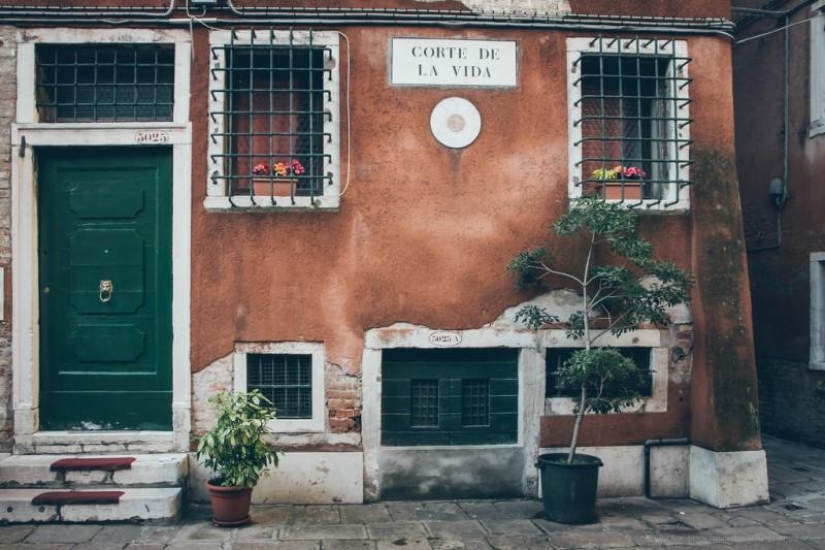
Source: Journal/dkorobtsov
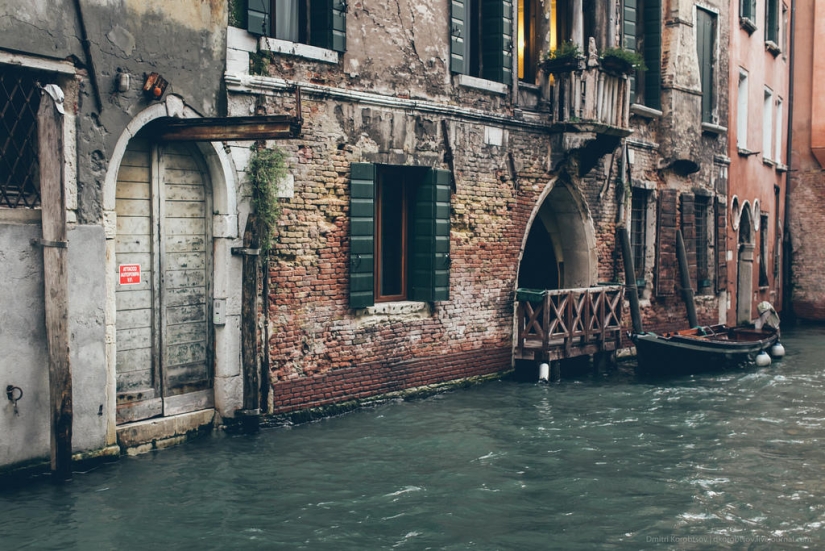
1. I'll start, perhaps, with Venice. And in terms of quantity for her alone I will make an exception. Venice is. I just returned from there - I haven’t had time to show anything yet.
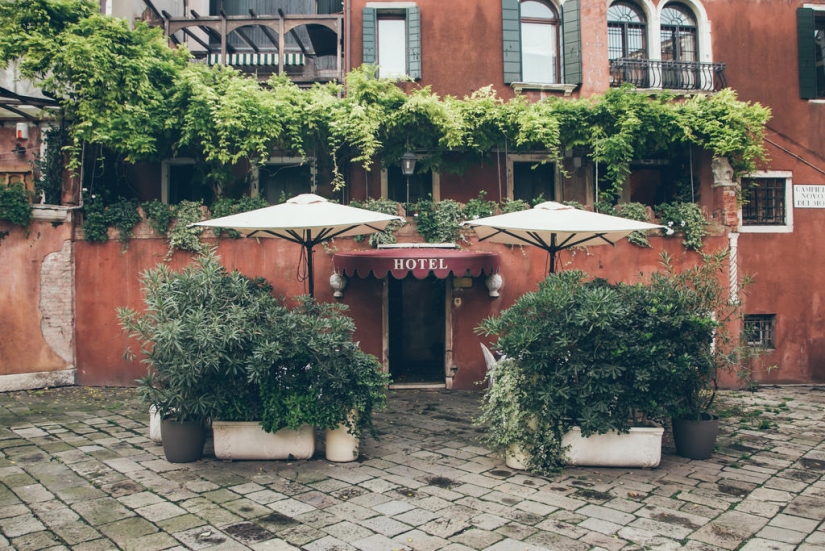
2. Venice, Italy Many, judging by the reviews, for some reason do not like the city. Some stuffy, others damp. Others don't like smells - they say, it smells like men and cats. I don't know, I was completely fascinated. The city is simply beautiful - to the last street.
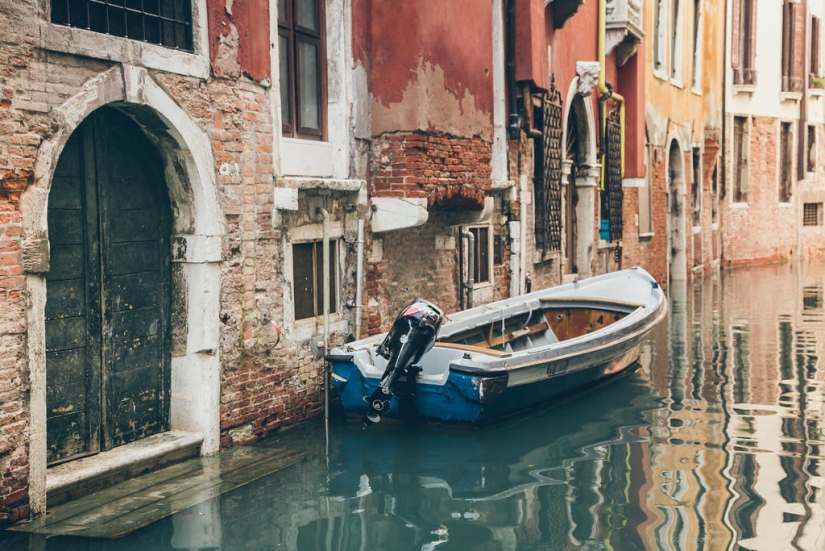
3.
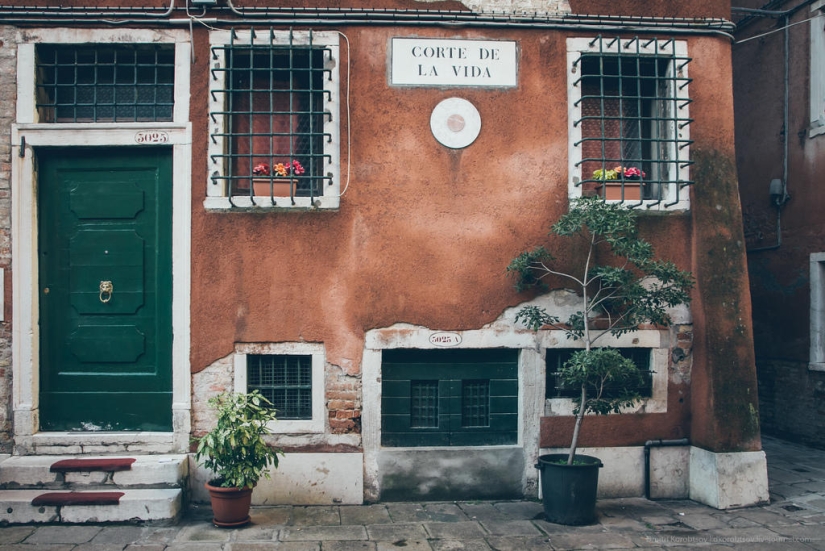
4. Door number 3025. In general, the numbering of houses in Venice is very peculiar - in fact, every door facing the street is counted. In addition, the city is divided into six sestieres. In each of them, the numbering starts from one and continues to the victorious one. How to honestly look for something there is not quite obvious - we just drove the coordinates into the navigator and followed the route.
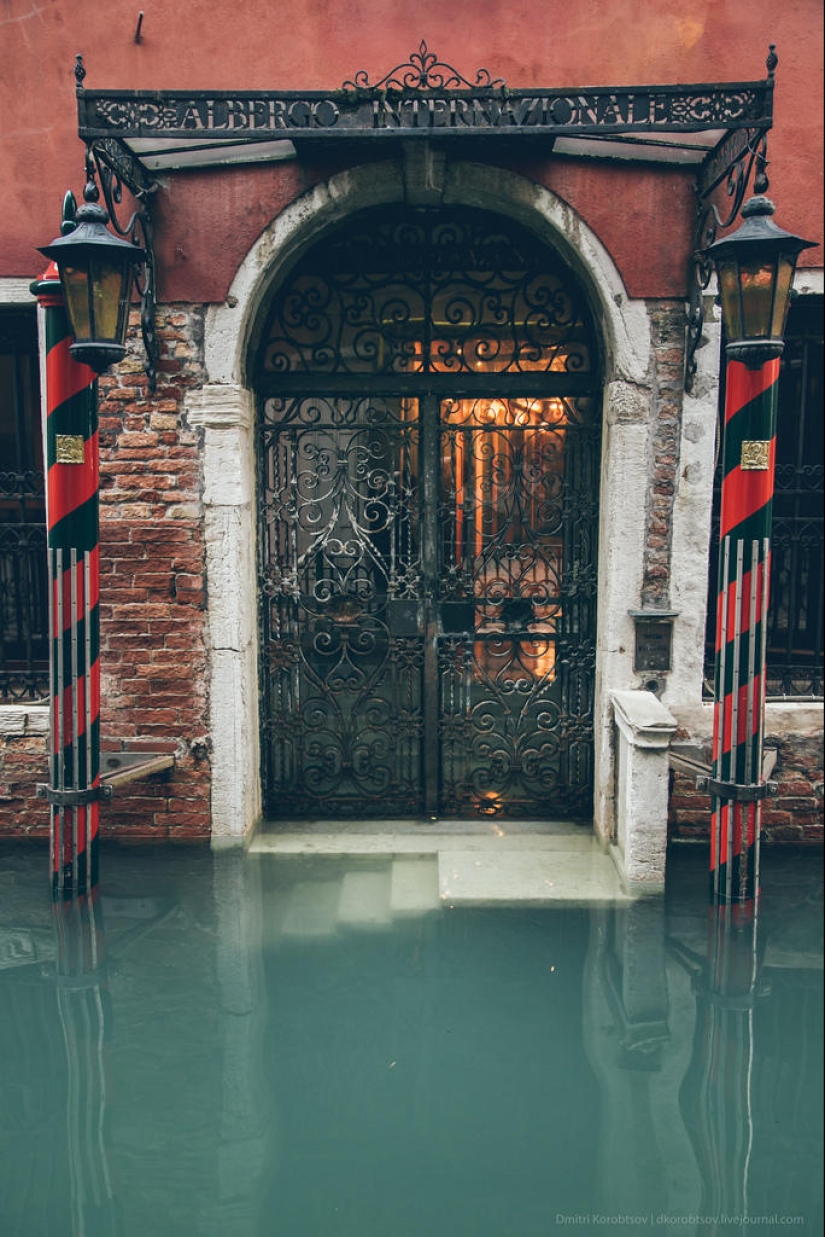
5. Many doors open exactly to the channels. Somehow it was not possible to observe how the guests landed there. But it would be very interesting to peep.
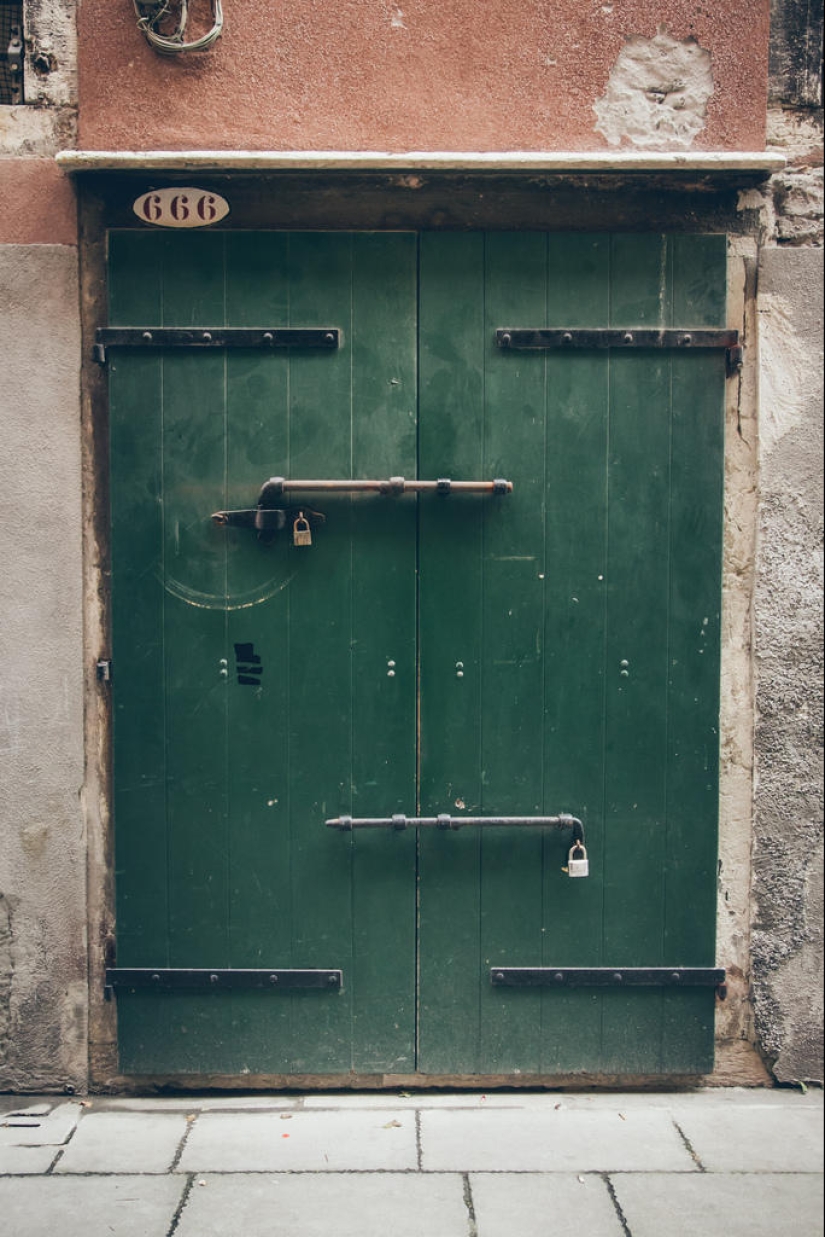
6. The last, sixth card from Venice is the door number 666. By the way, there are enough of them - in one district of Santa Croce there are as many as 9 pieces (under different letters).
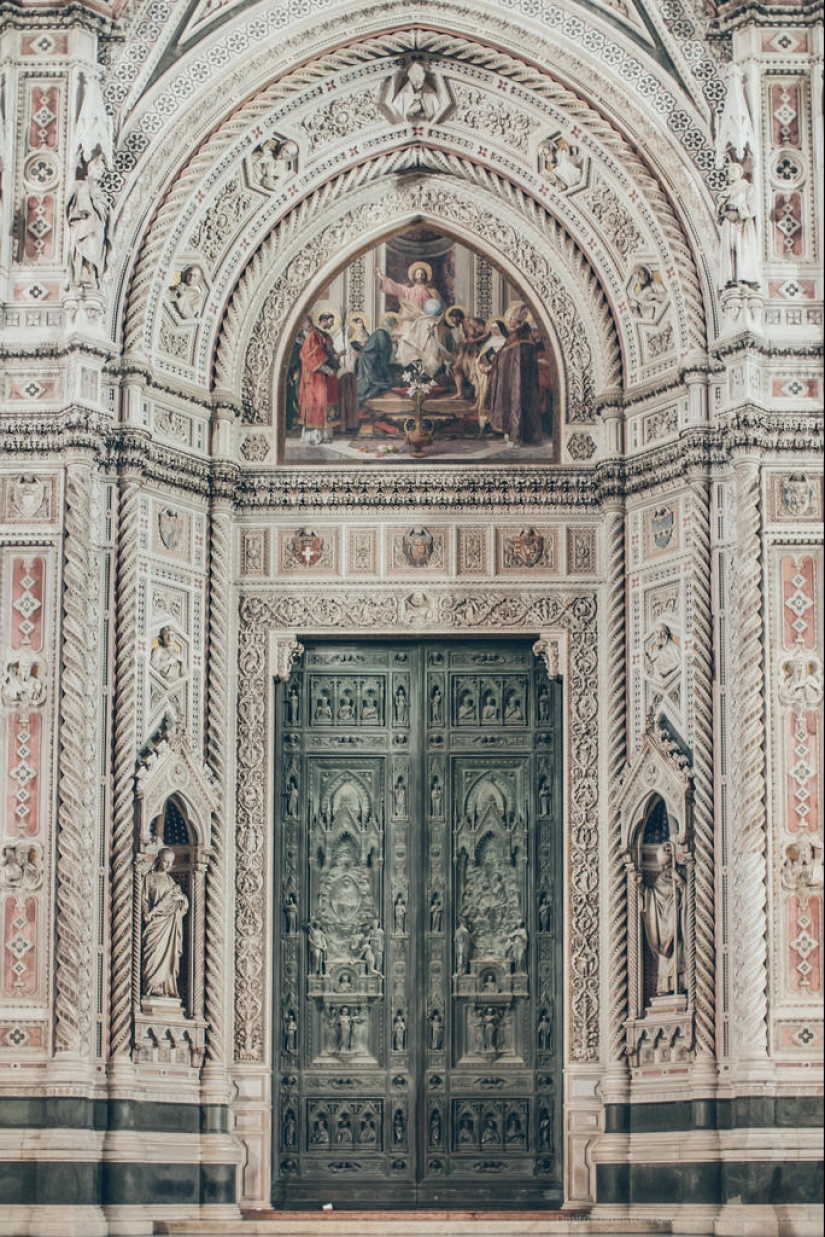
7. One of the doors of the Cathedral of Santa Maria del Fiore, Florence, Italy. Absolutely incredible building - we passed by in the evening, we could not look. On the other hand, another reason to return there again.
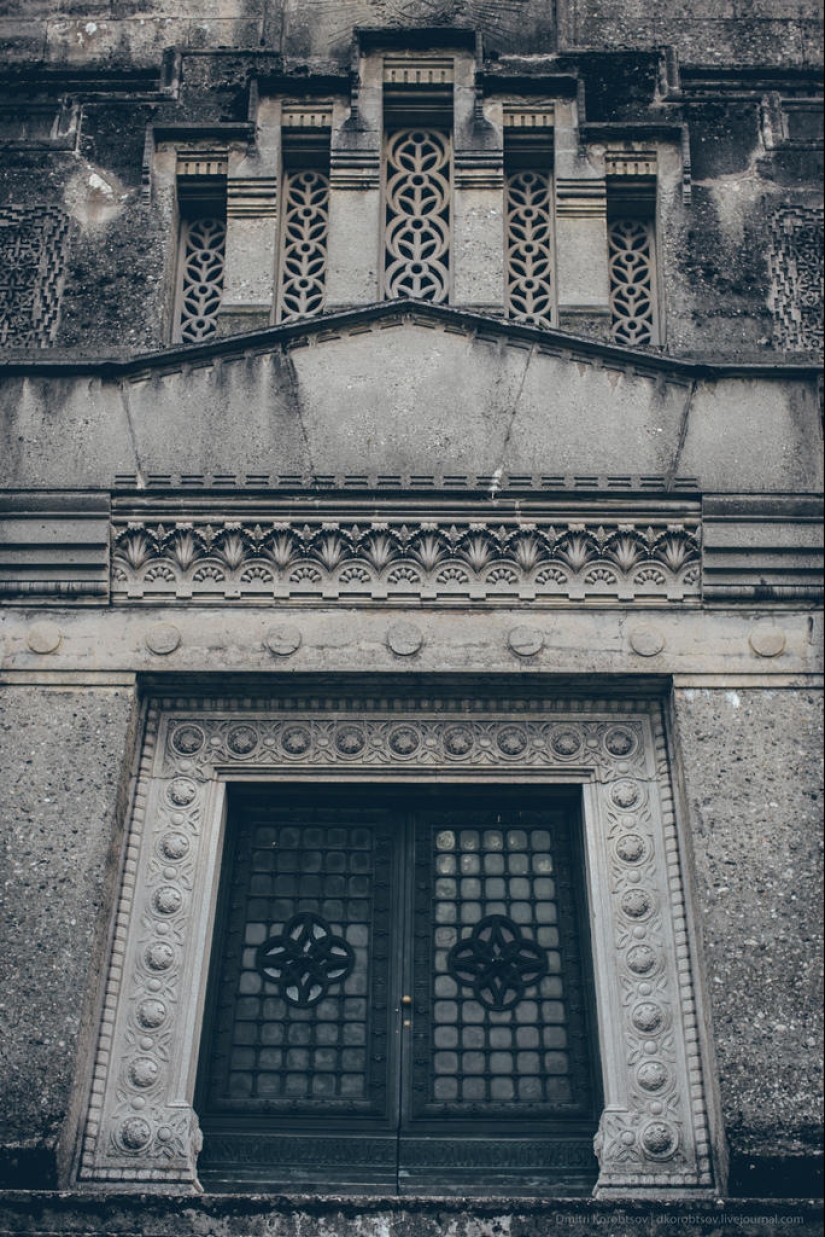
8. Crespi d'Adda, Italy Gate leading to the crypt.

9. Riomaggiore, Italy One of the most beautiful places I have visited is the Cinque Terre villages.
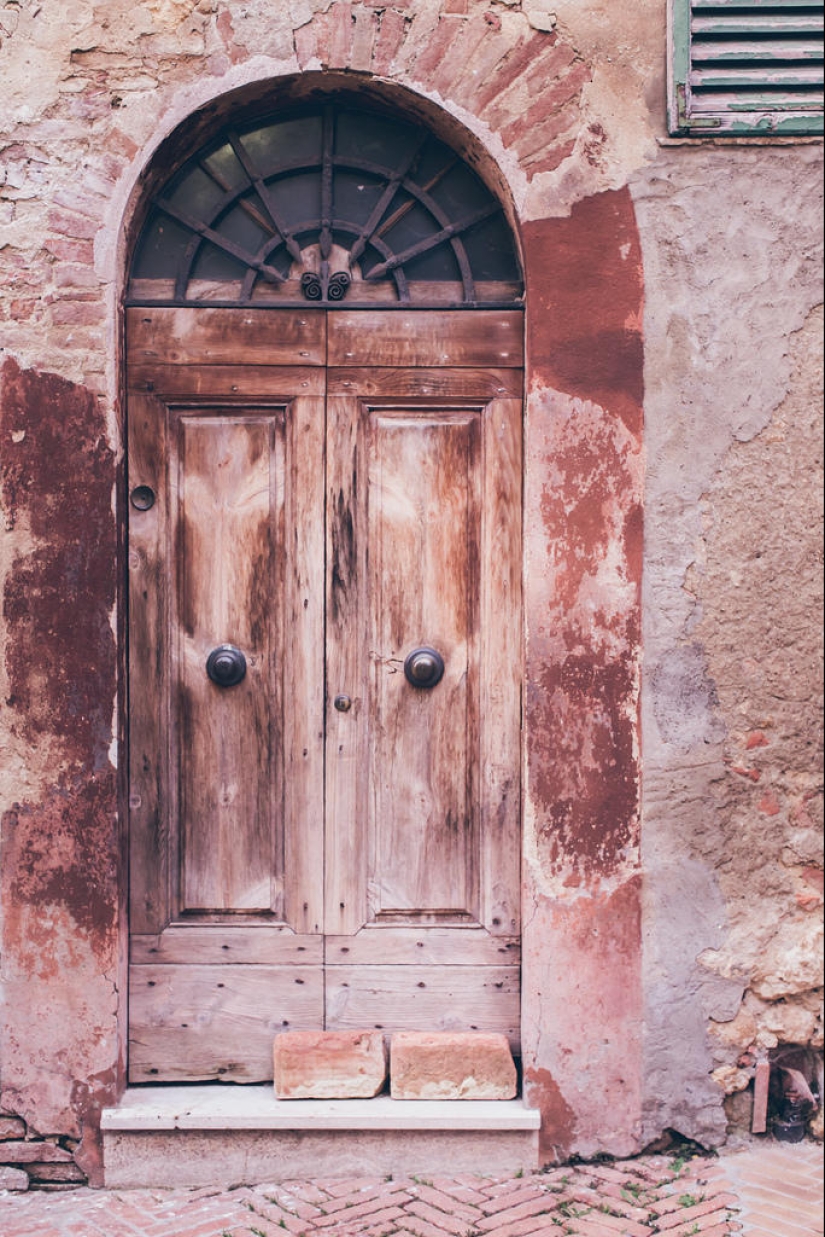
10. Pienza, Italy Tuscany is beautiful a little more than completely. It has its own unique color scheme. And the atmosphere.
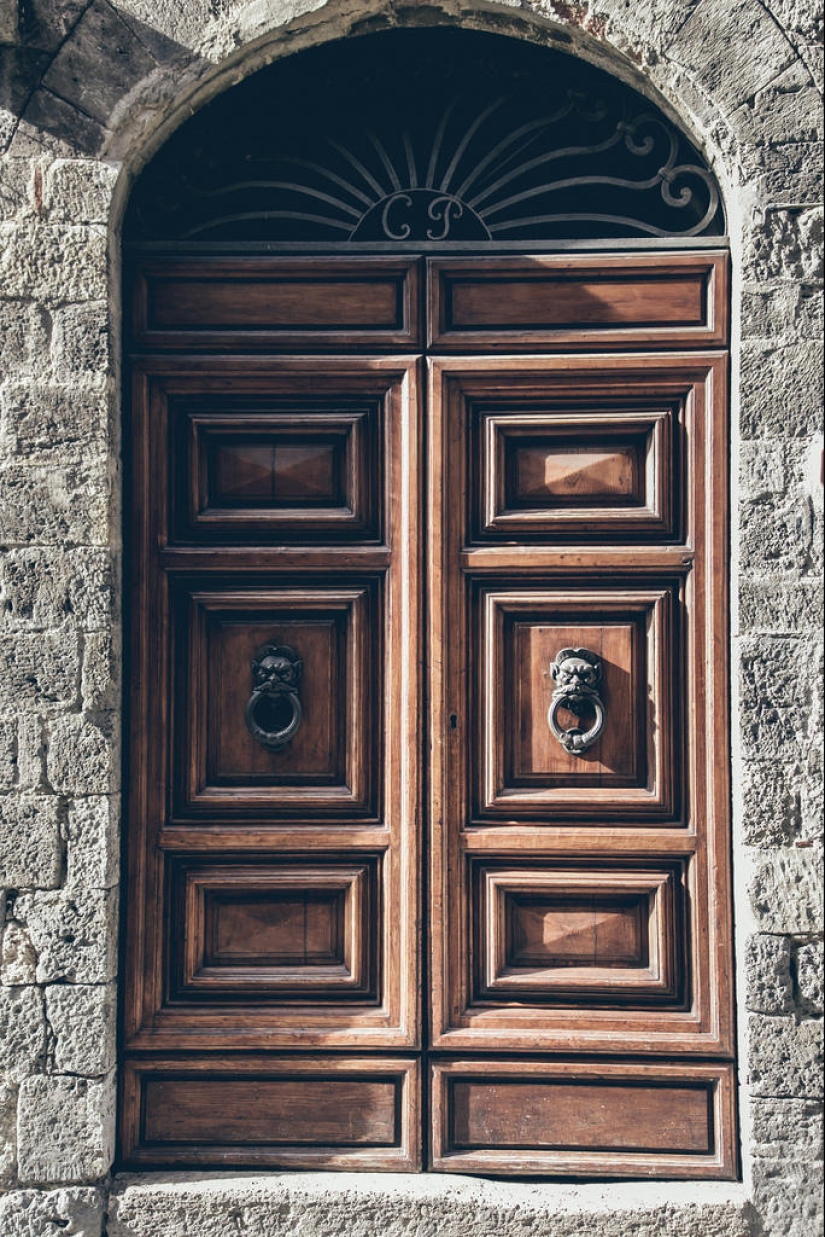
11. San Gimignano, also Tuscany. Nowhere before have I seen such a variety of door handles as in Italy - you can easily collect a whole bestiary.

12. Pisa, Italy Cathedral next to the Leaning Tower of Pisa. The city itself, by the way, did not really like it - there were too many tourists.
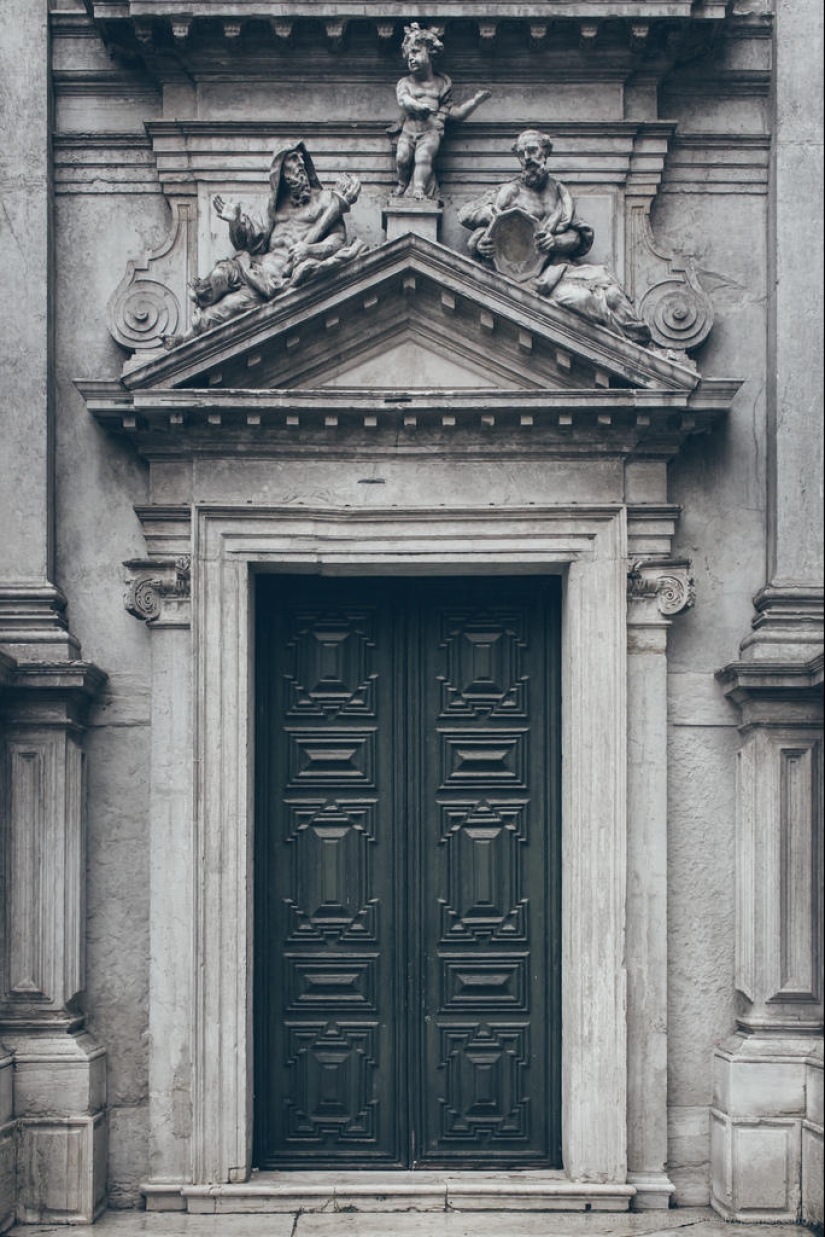
13. Ferrara, Italy The Old City is a UNESCO World Heritage Site.
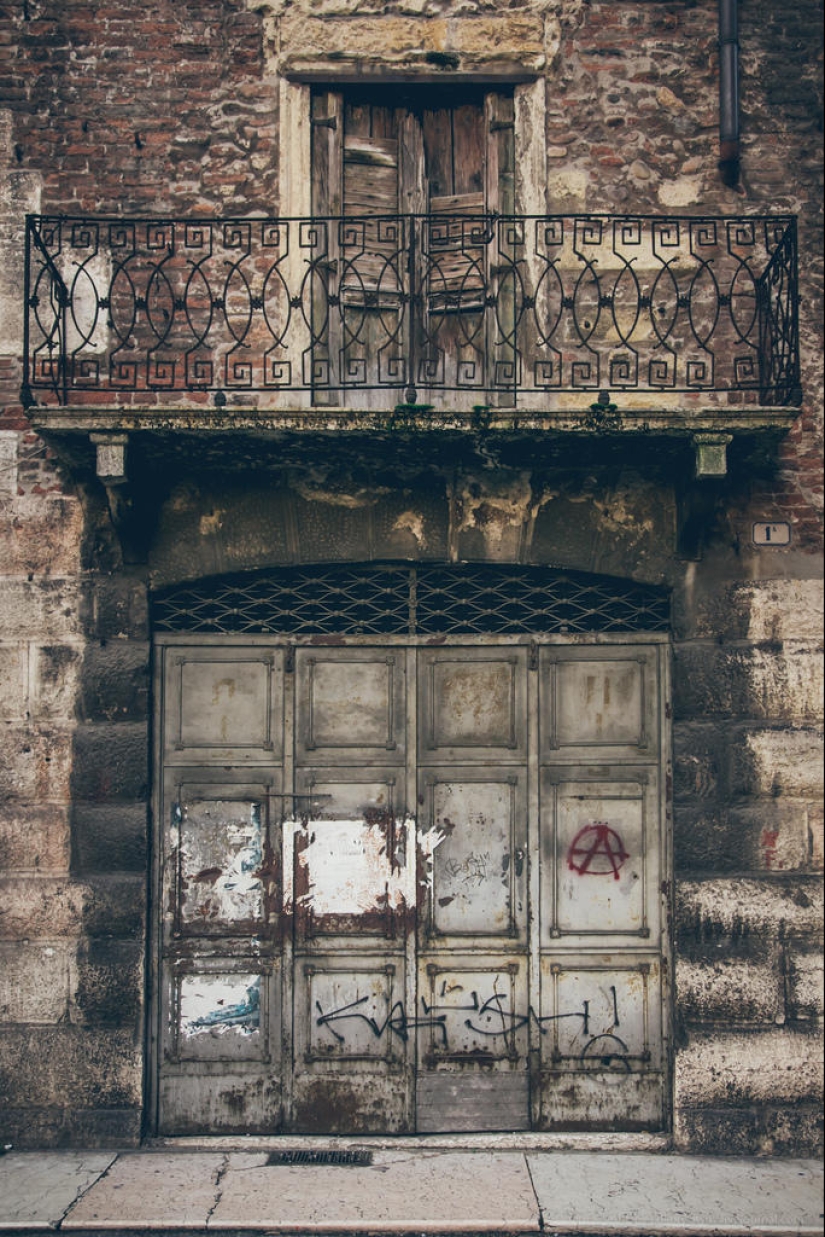
14. Verona, Italy Another branch of tourist hell.
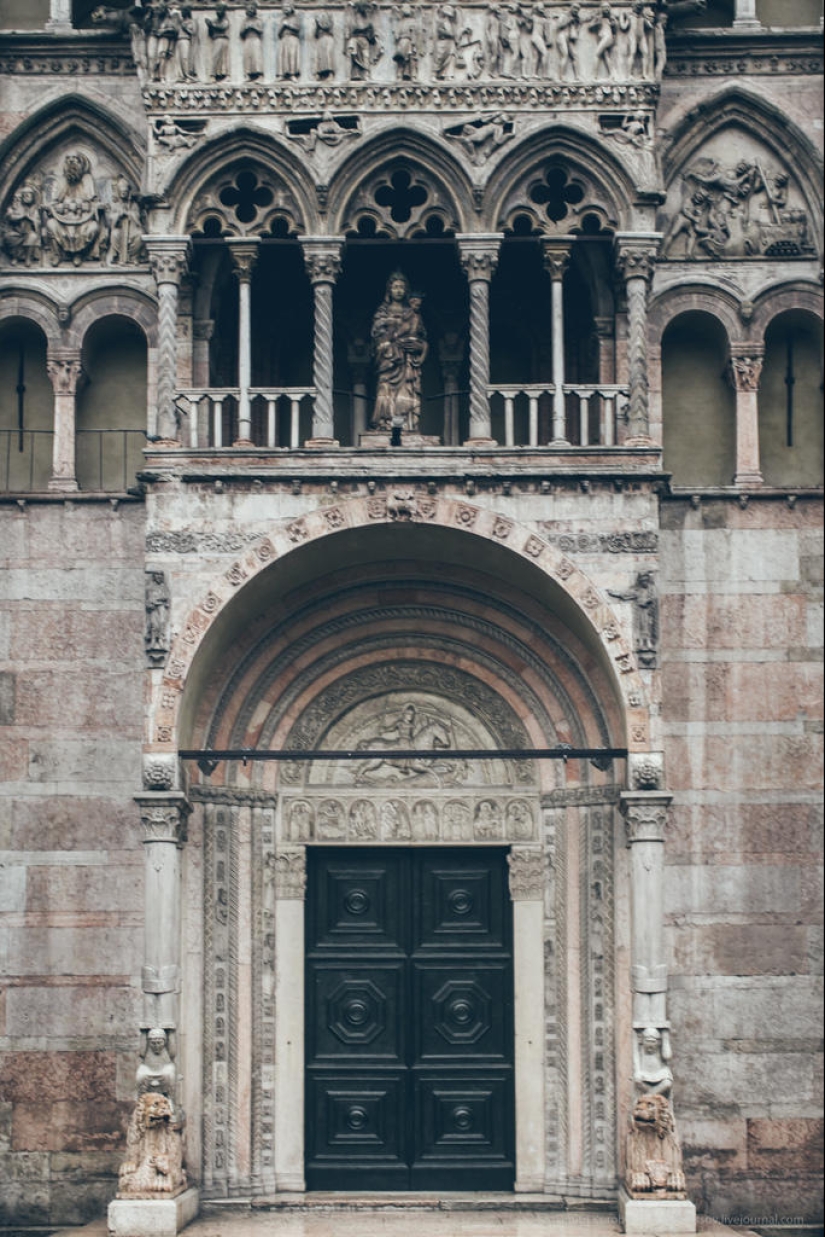
15. Bologna, Italy Very beautiful city. The center is slightly less than completely composed of porticos - their total length is about 40 kilometers.
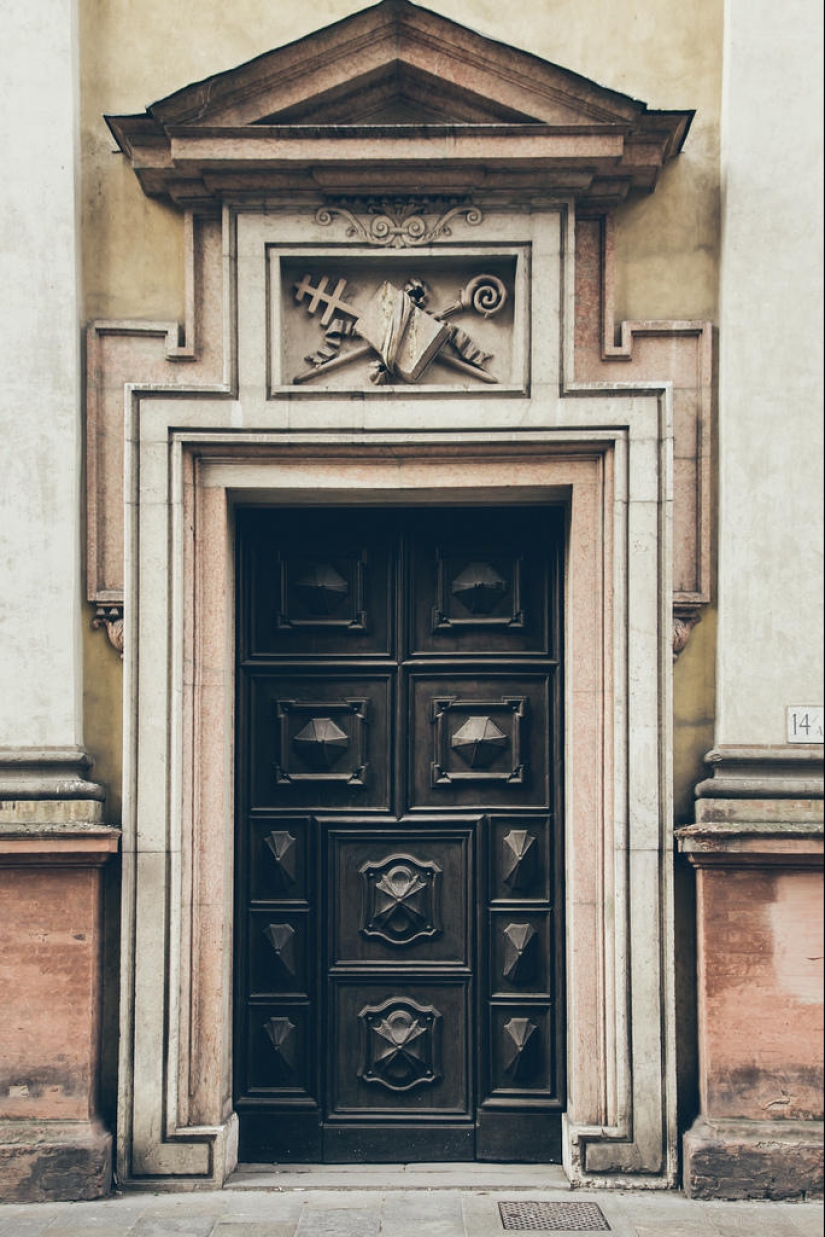
16. Parma, Italy. Gastronomic Mecca.
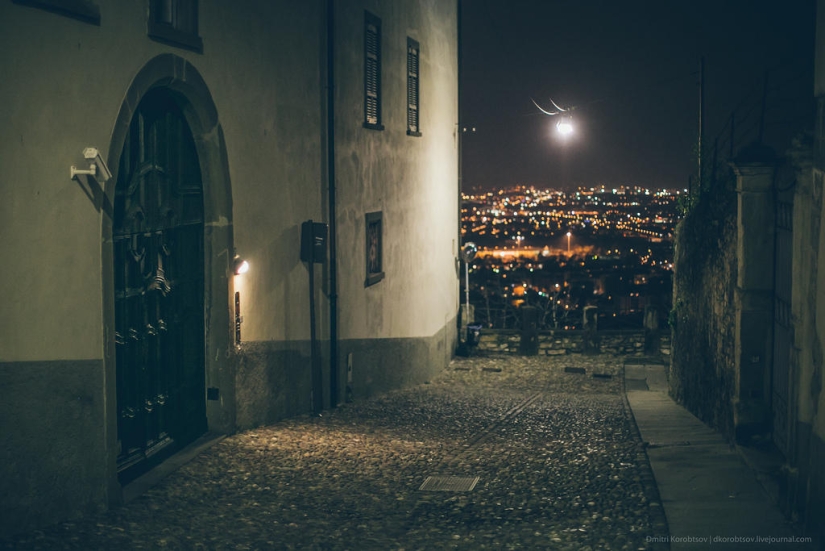
17. Bergamo, Italy We stayed the night before the flight - oddly enough, the city pleasantly surprised us. The old part of it is a great place for walking.
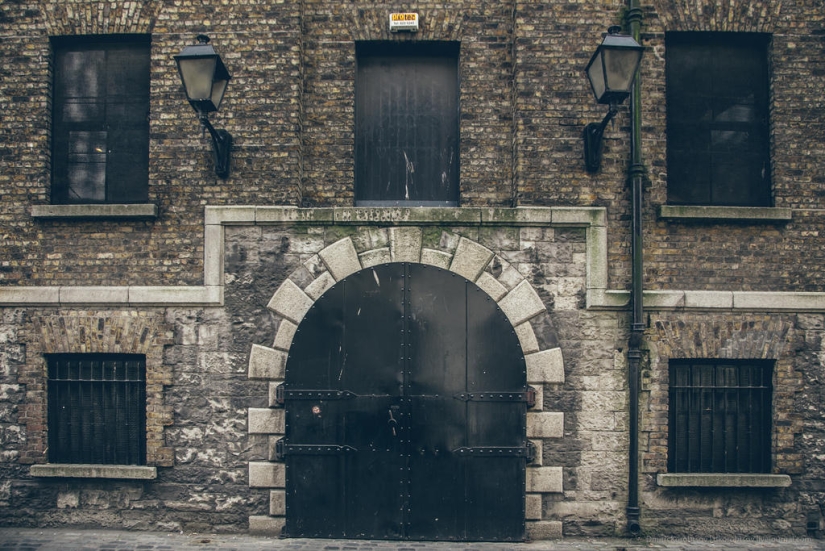
18. I caught myself thinking that I showed almost nothing from a recent trip to Ireland. So Dublin.

19. Glendaloo, Ireland. By the way, a very characteristic door for the island. Flowers, harp. Everything is as it should be.
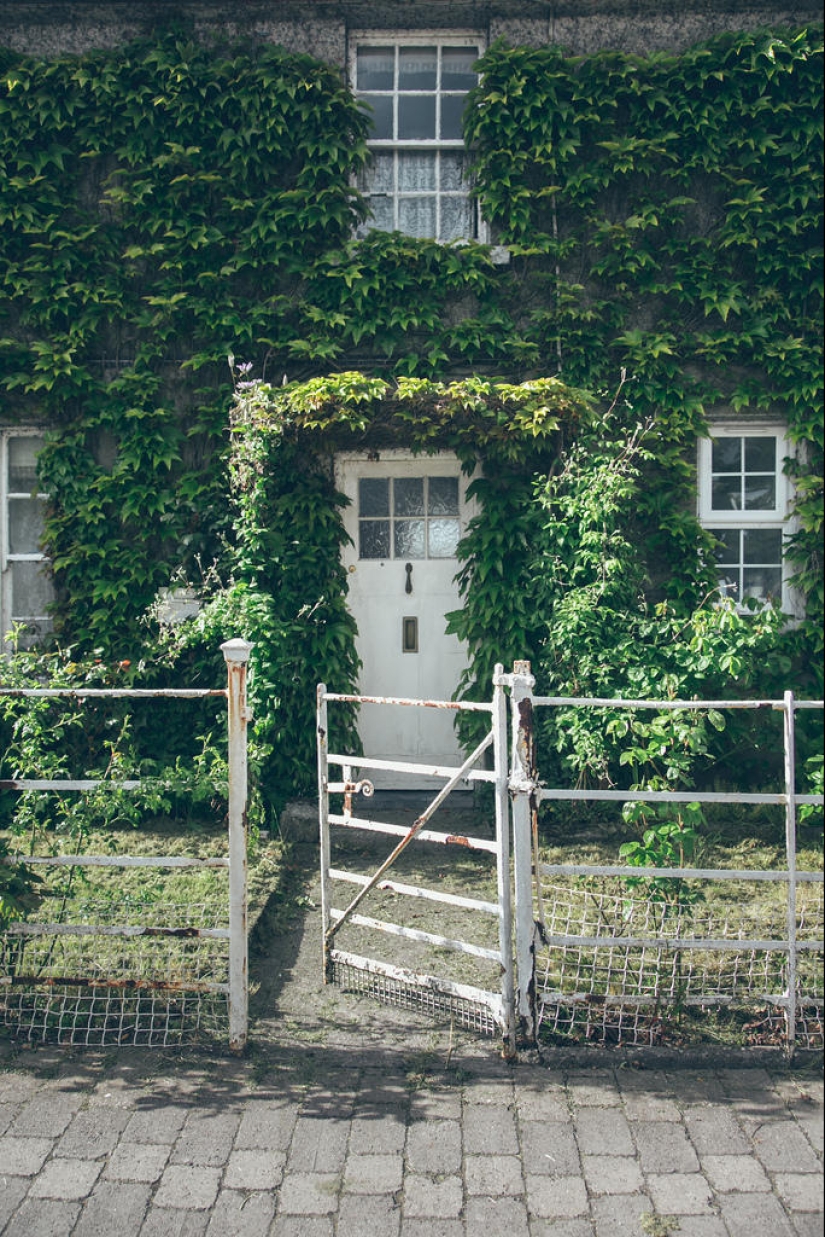
20. Tipperary. Ireland is not called the Emerald Isle for nothing - greenery is everywhere here.
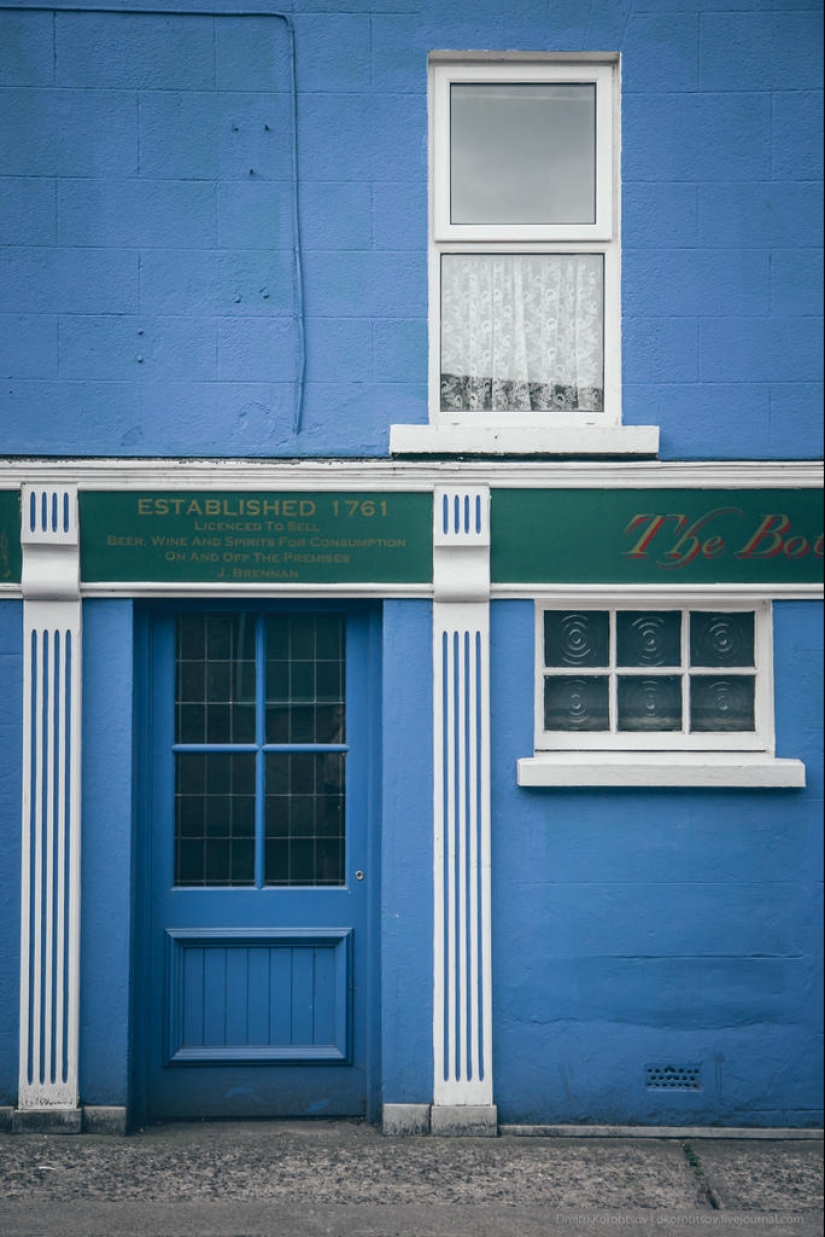
21. Kilkenny, Ireland. A very vibrant city. Such a variety of colors is rare.
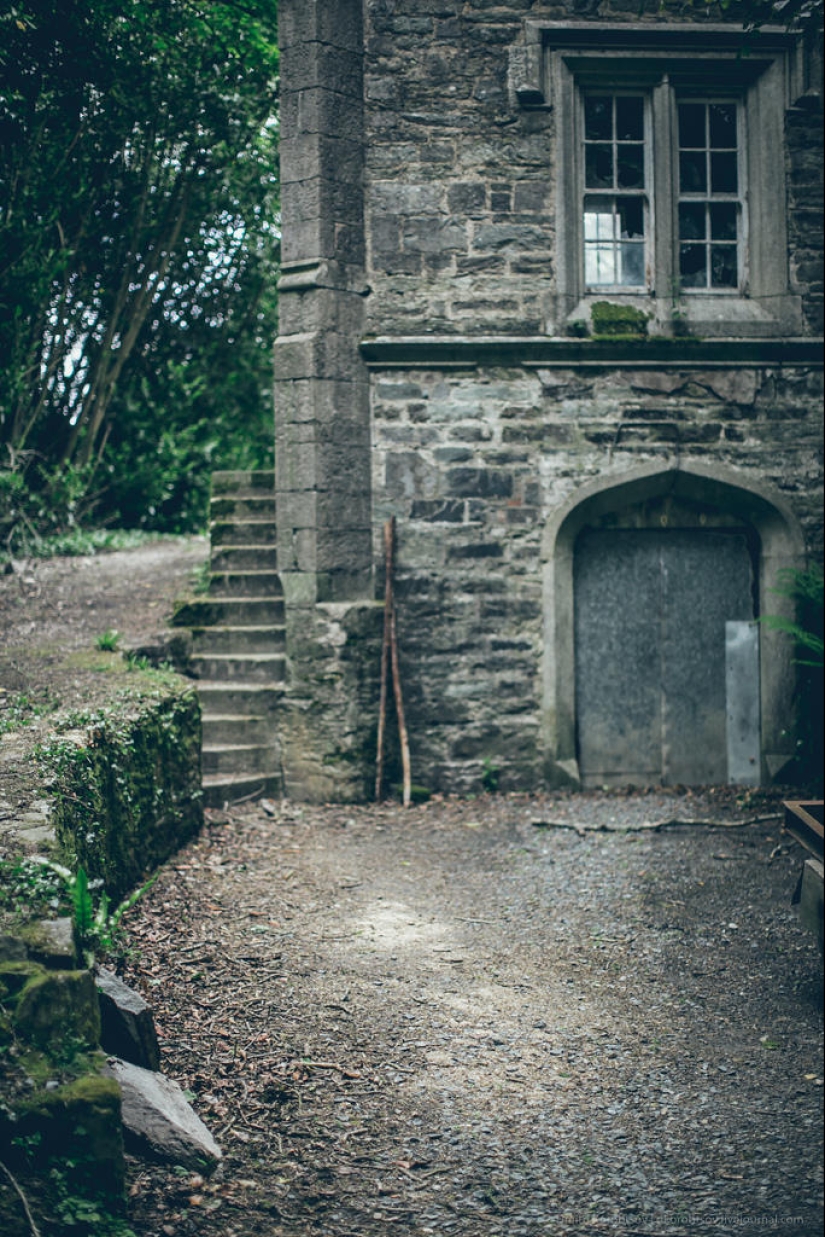
22. Pierstown, Ireland. A small house on the territory of the local castle.
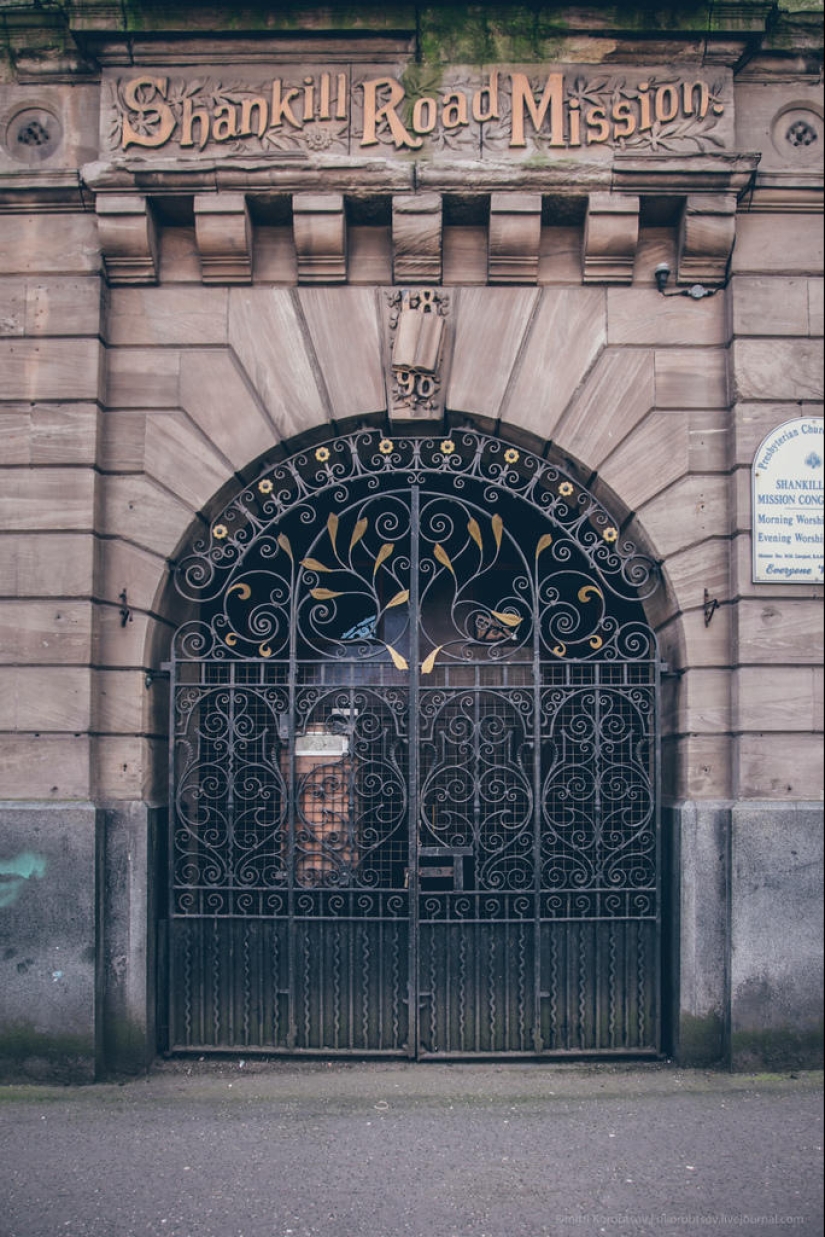
23. Belfast, Northern Ireland. I already wrote about Belfast separately - a shot from the very heart of the Protestant ghetto.
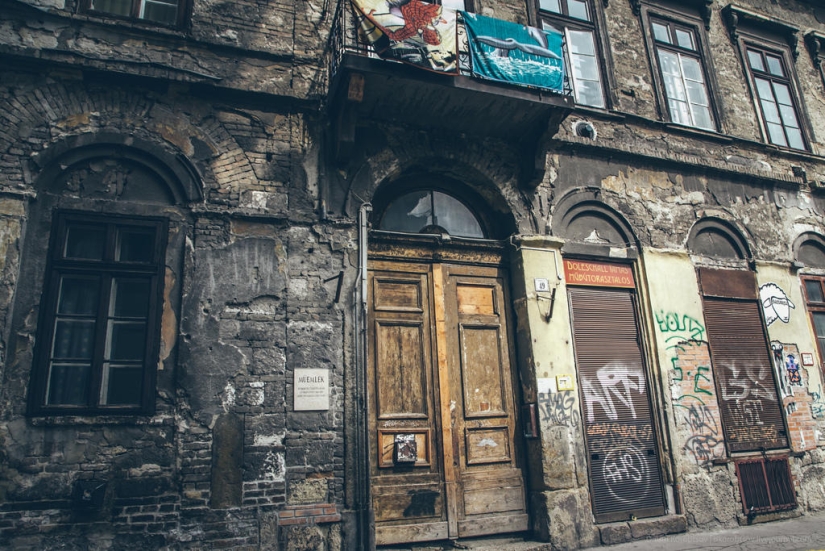
24. Budapest. To be honest, I didn't like Hungary very much. But the capital is one of the most beautiful cities I have ever seen. At the same time, a very contrasting city. Therefore, I will show two cards from here. Here, for example, a door on a quite typical city street - quite colorful, but scary.
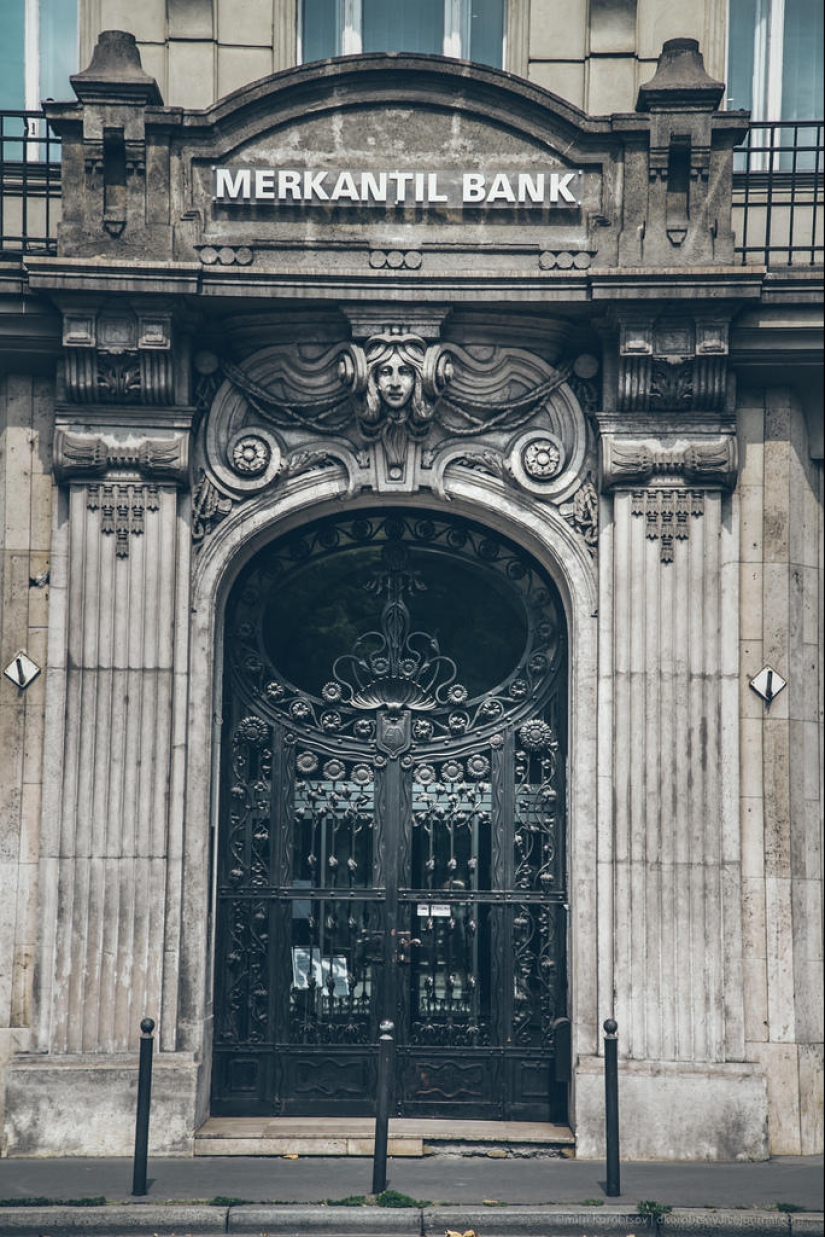
25. And this is the other side of Budapest - very "pathos", imperial architecture. What is characteristic - and that, and another in abundance.
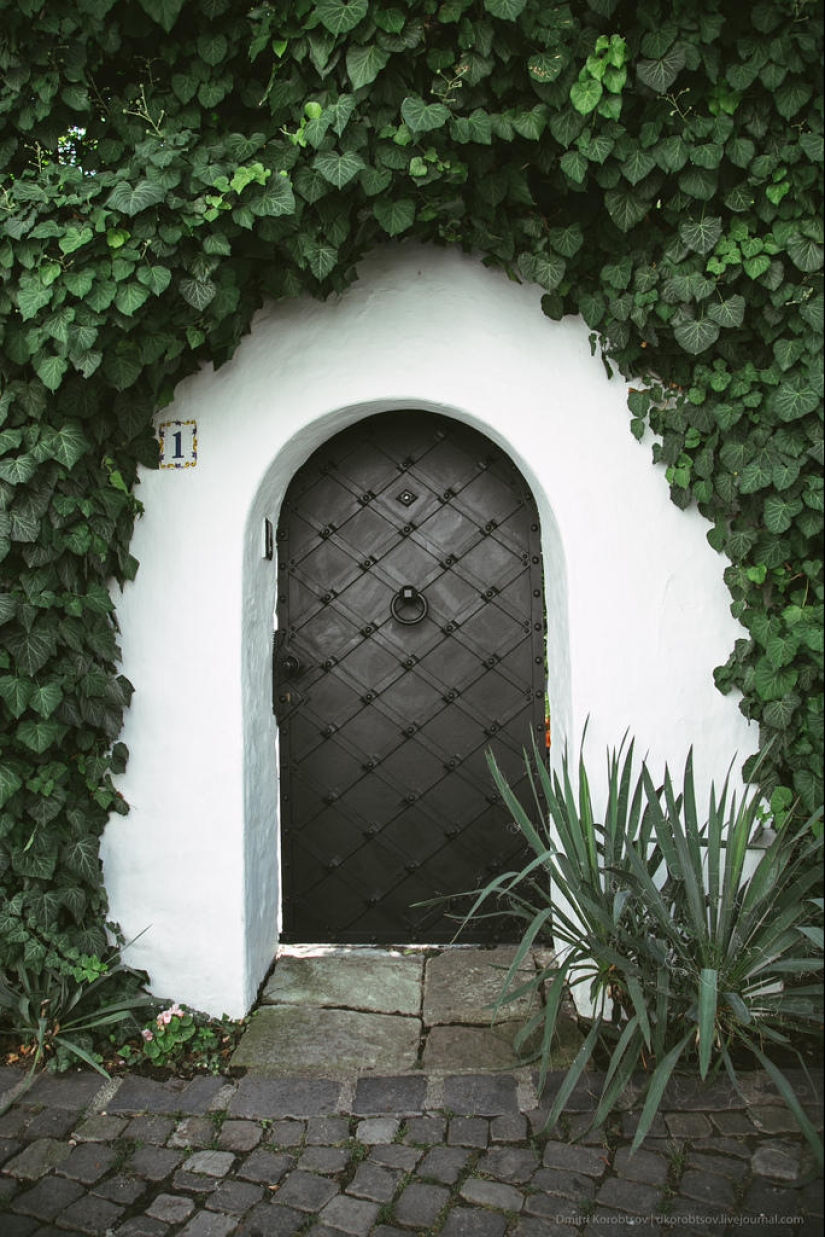
26. Szentendre. Small towns in the bend of the Danube - a separate story. If you are in Hungary, you should definitely visit.
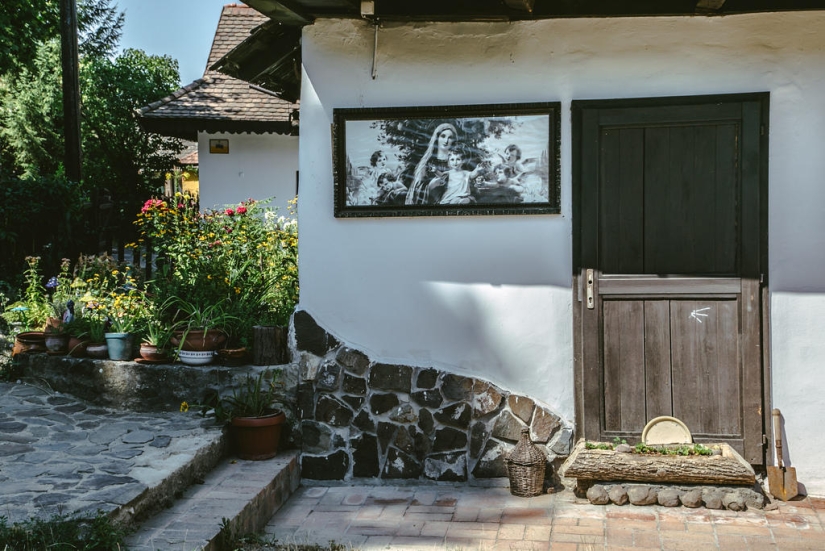
27. Hollokyo. Traditional Hungarian village. Another UNESCO World Heritage Site. The place, in general, is curious, but there is no point in making a detour of a couple of hundred kilometers just for the sake of it (as I did). A little later, I will definitely write a separate publication - there will be a more visual illustration.
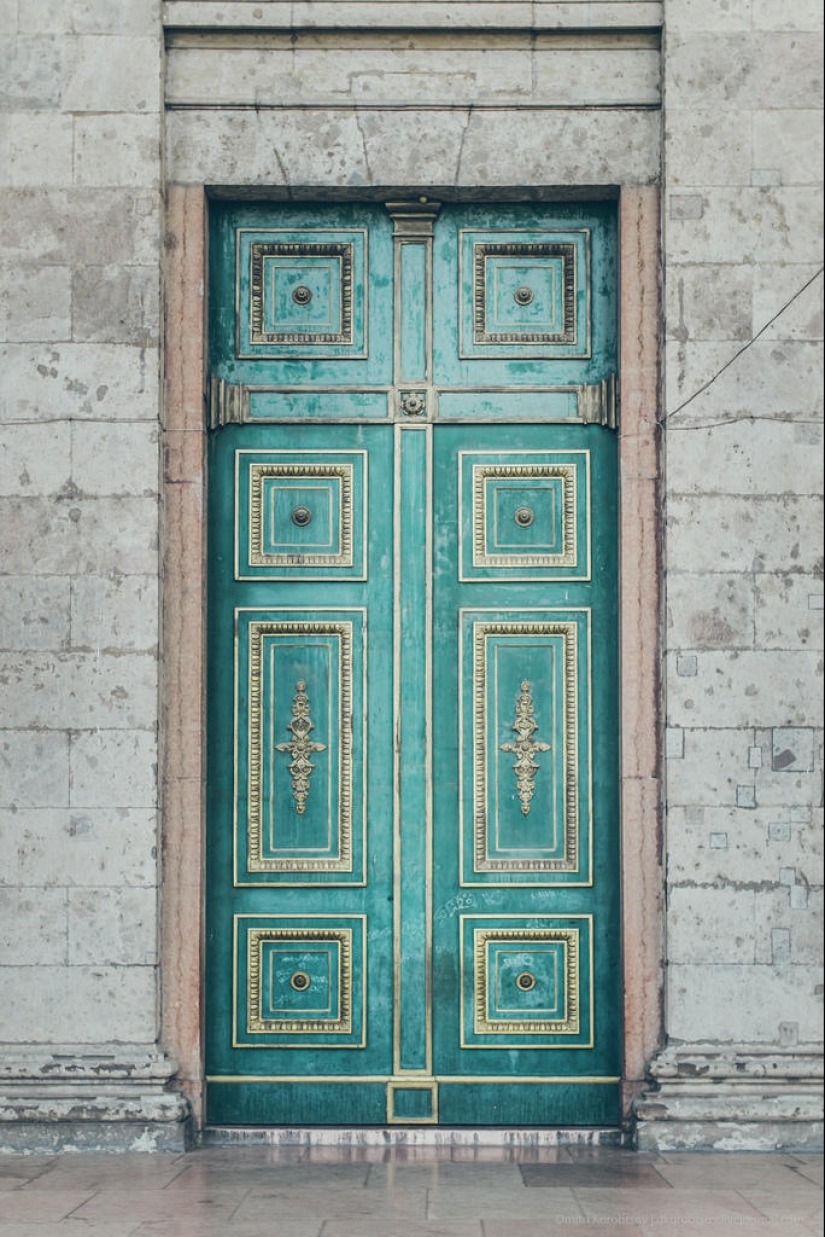
28. Esztergom. The door of the largest basilica in Hungary.
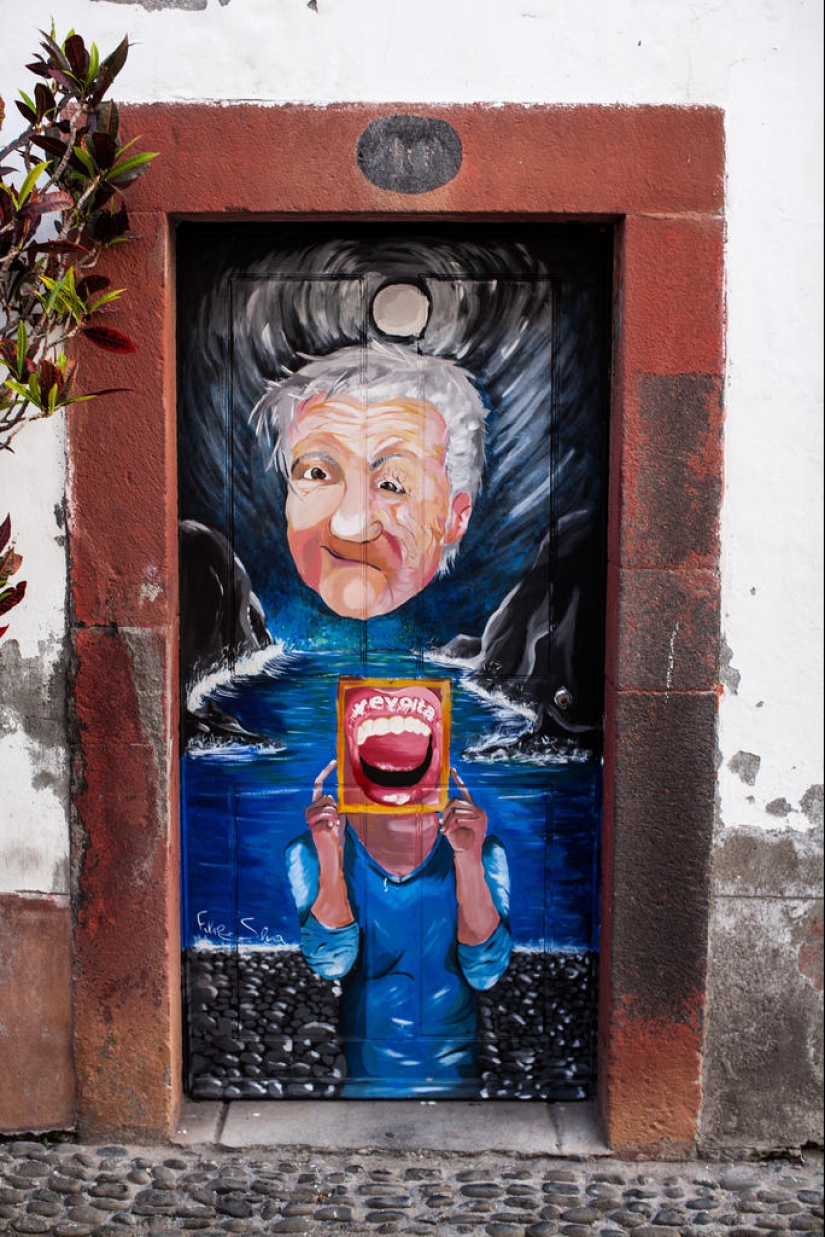
29. Funchal, Madeira, Portugal. Confidently leads in the number of creatively designed doors per unit area. The entire old part of the city is dedicated to this business.

30. Another door - from the same place. In total, there are at least a hundred such goods on several streets (and their number is constantly growing!).
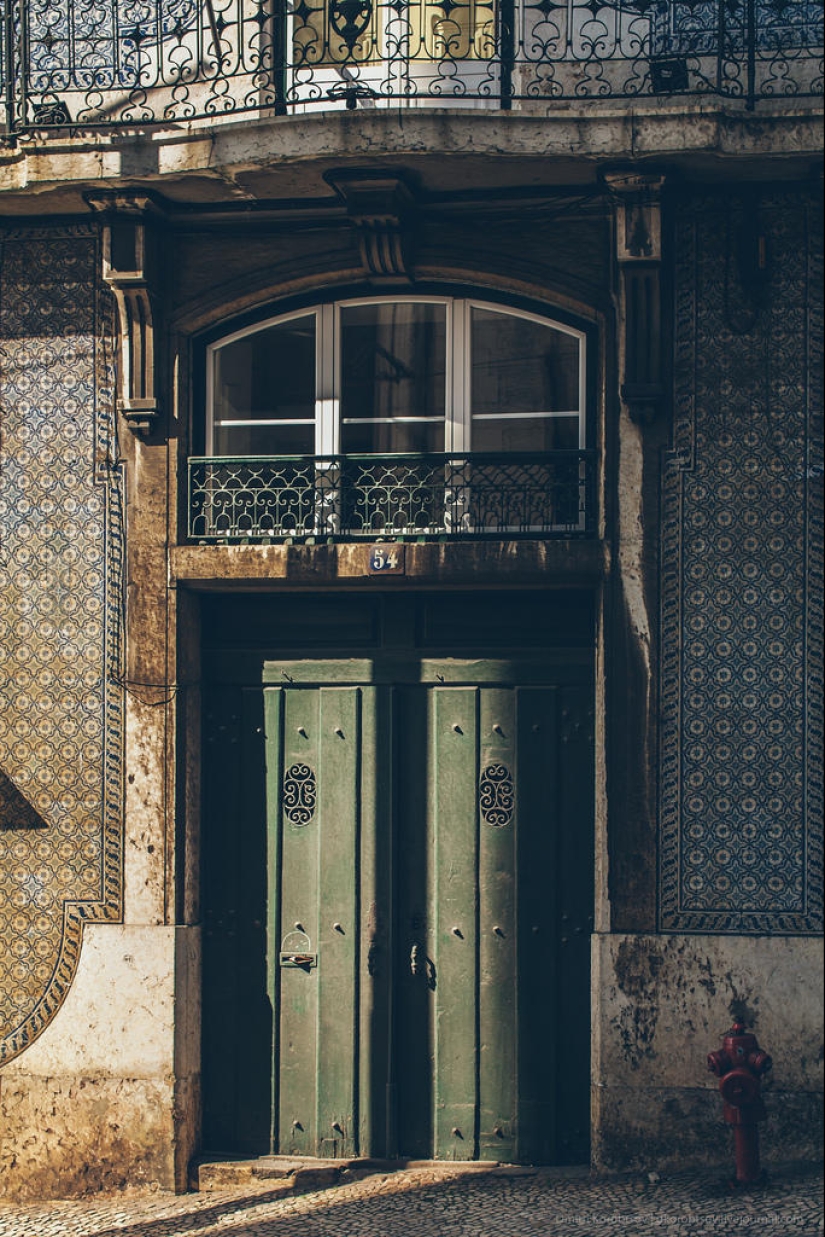
31. Lisbon, Portugal. This city, with its unchanging tiles, can be easily recognized even by a tiny piece of the wall.

32. Pula, Croatia. A city with many monuments from the time of the Roman Empire and very textured buildings.
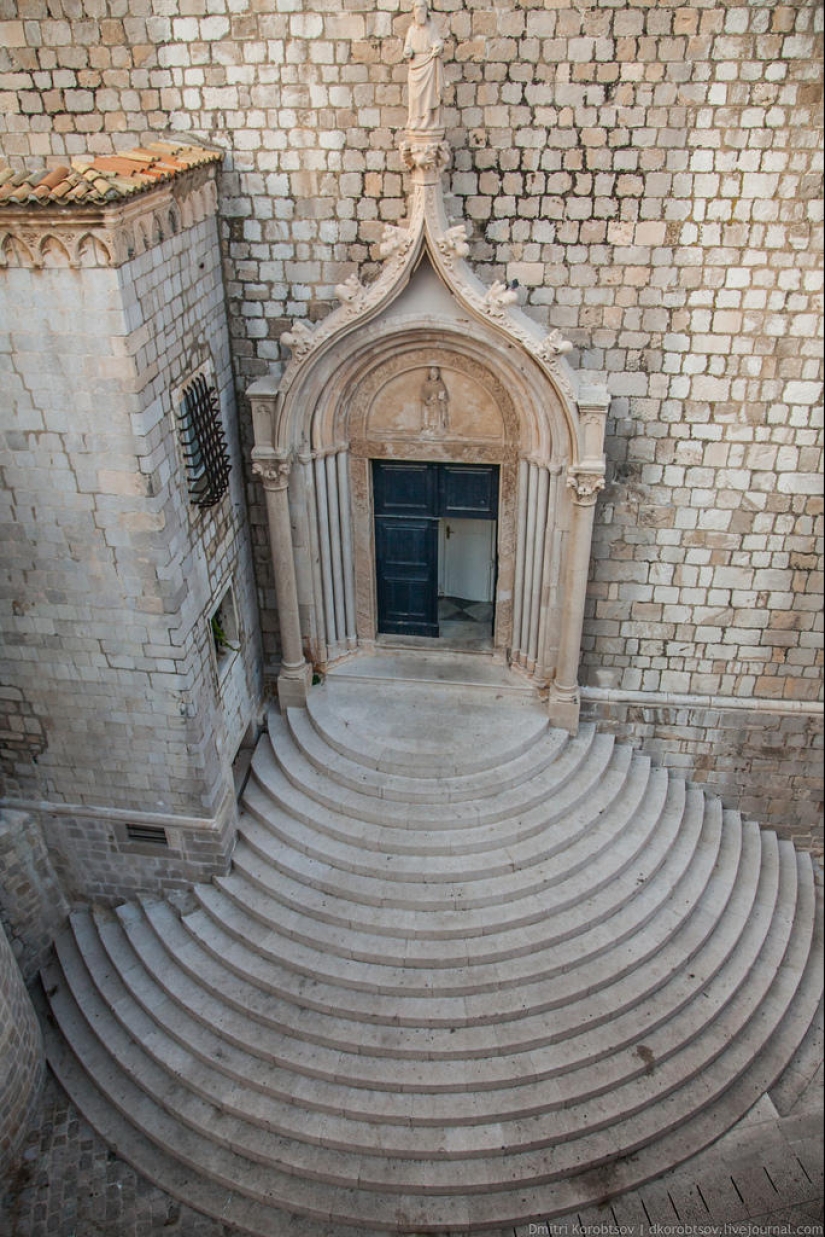
33. Dubrovnik, Croatia. The second Venice and once its main competitor in the Adriatic. Wonderful place, but just teeming with tourists.
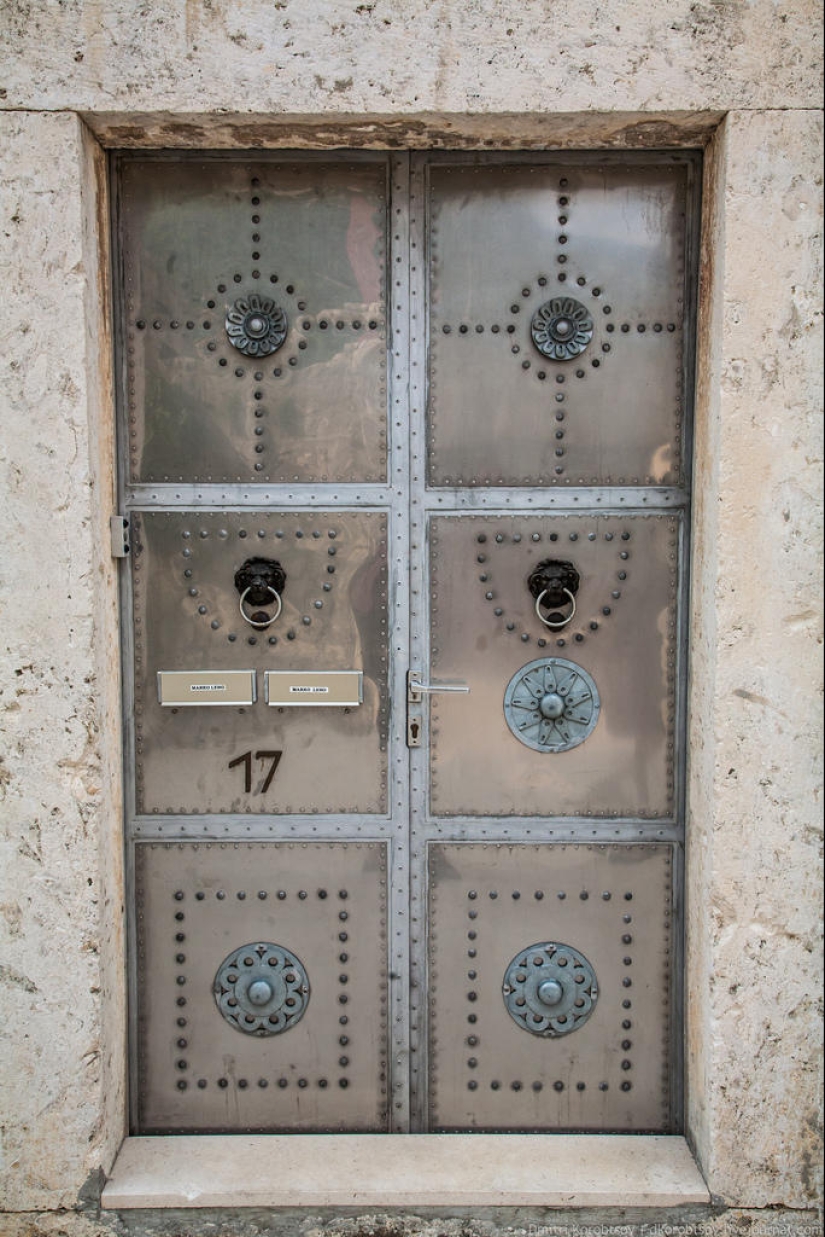
34. Groan. Another cute Croatian town. Stunning views and amazing seafood.
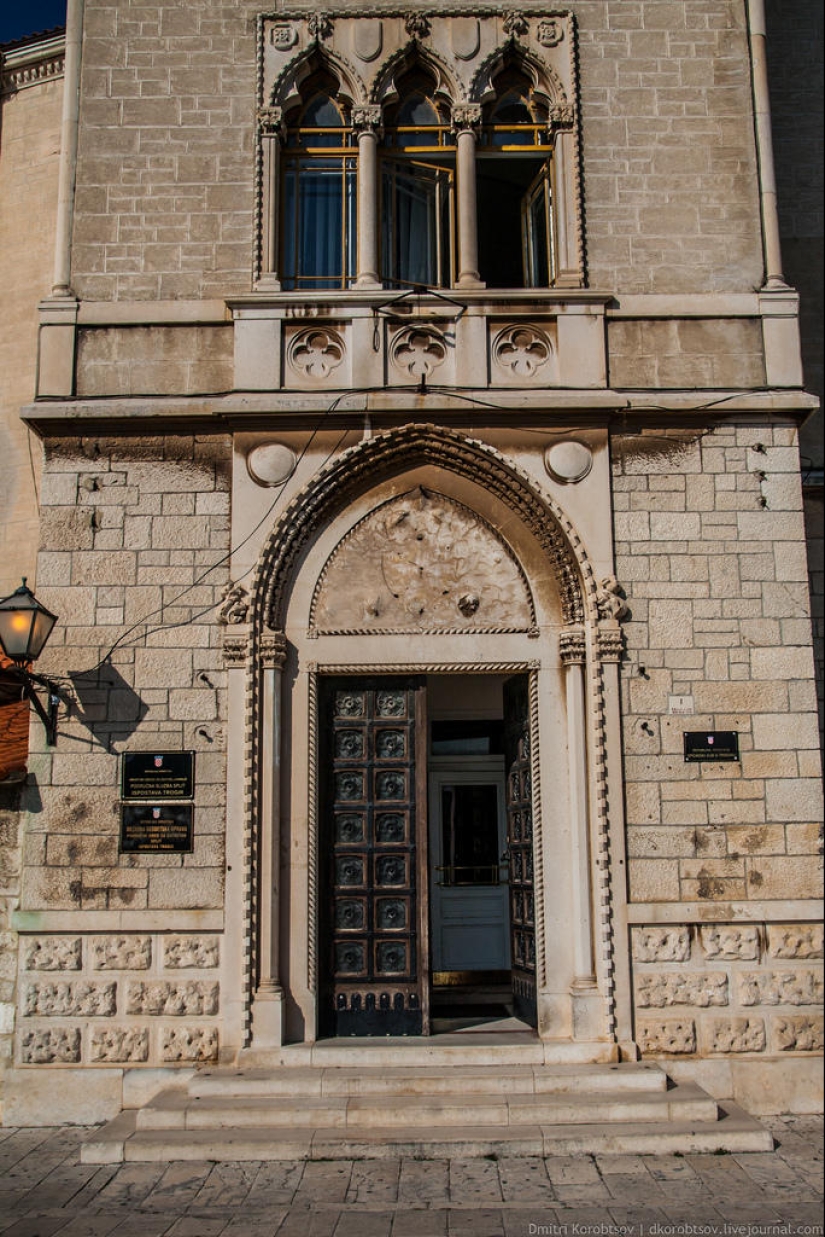
35. Trogir, Croatia. Again, UNESCO heritage. Once the city was part of the Venetian Republic - which, by the way, is very noticeable in architecture.
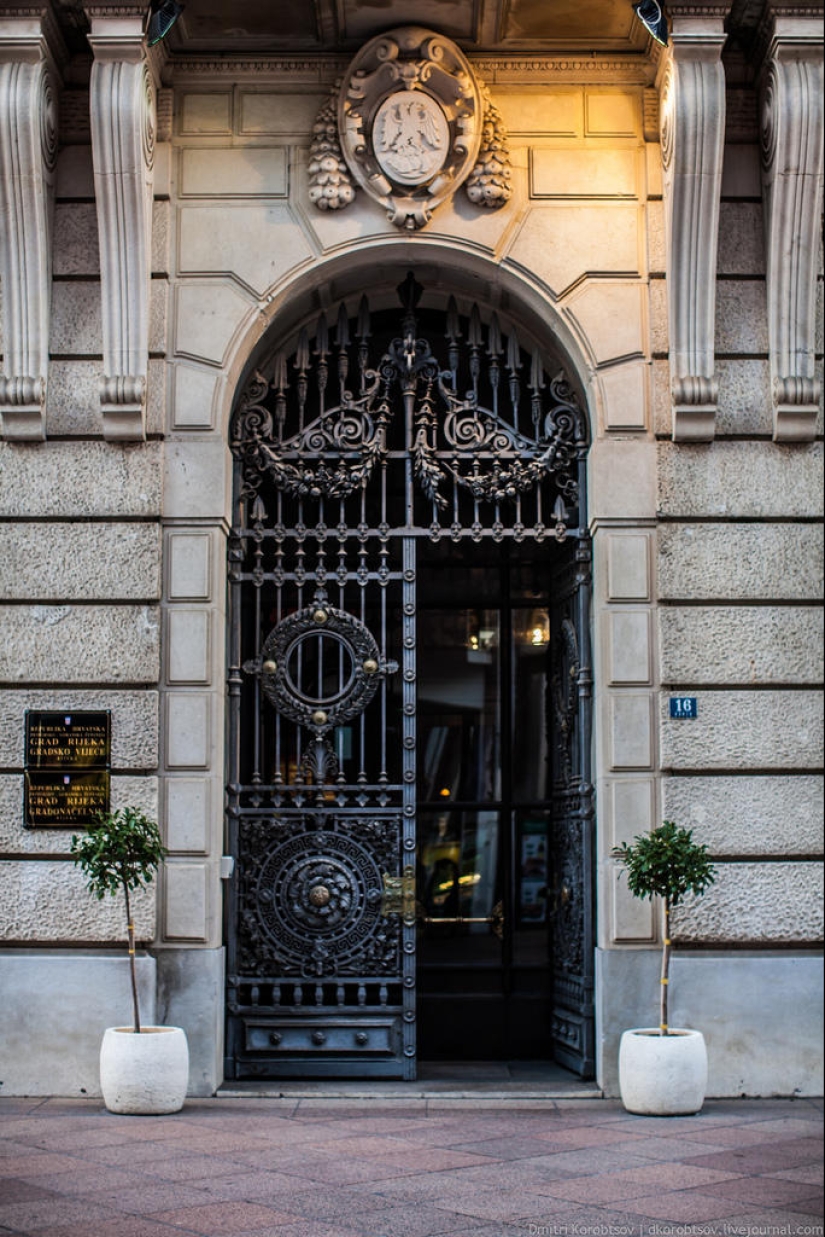
36. Rijeka. The port city, architecturally, is noticeably different from the rest of Croatia. Many of the buildings are built in Art Nouveau style and feel more like Art Nouveau Riga than neighboring cities.
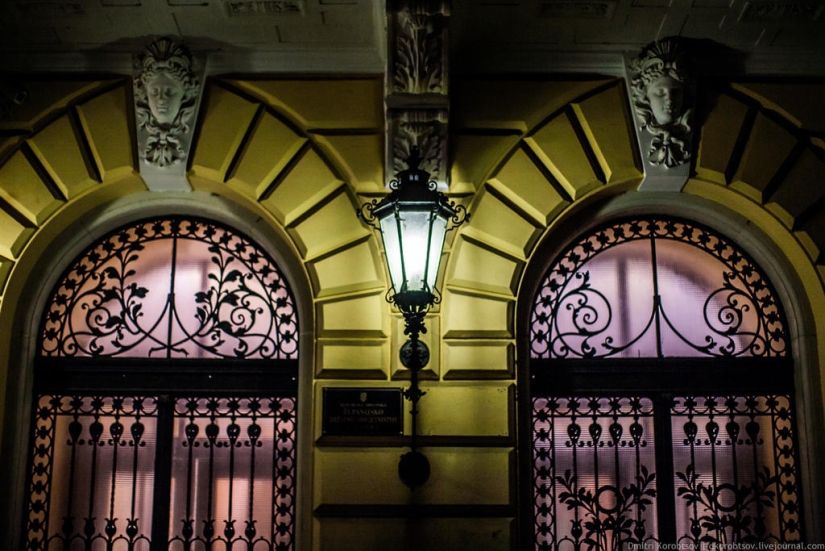
37. The same goes for Zadar. But he is generally very eclectic. One marine organ is worth something.

38. Motovun is a small town in Istria. It kind of reminds me of Tuscany.
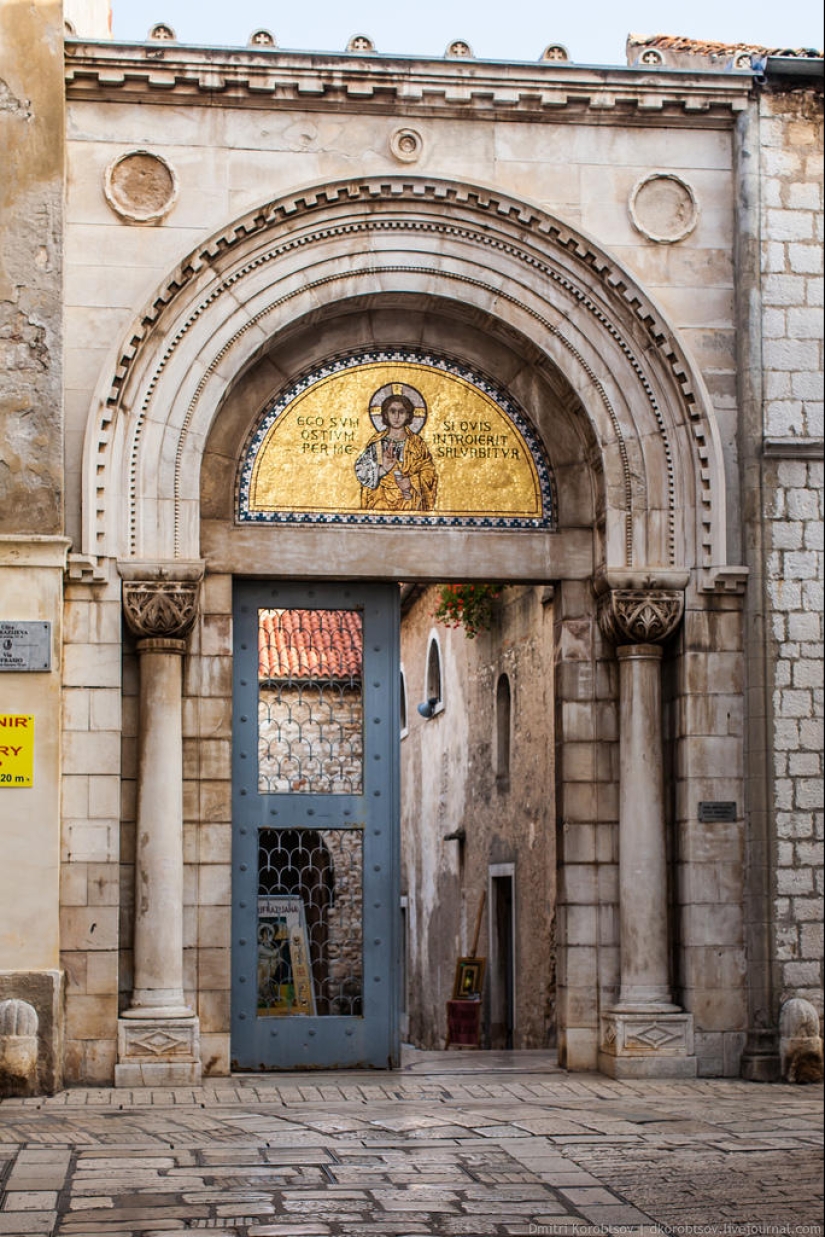
39. Decree. Another town that was once part of the Venetian Republic. In the photo - the entrance to the Euphrasian Basilica (and again - a World Heritage Site).
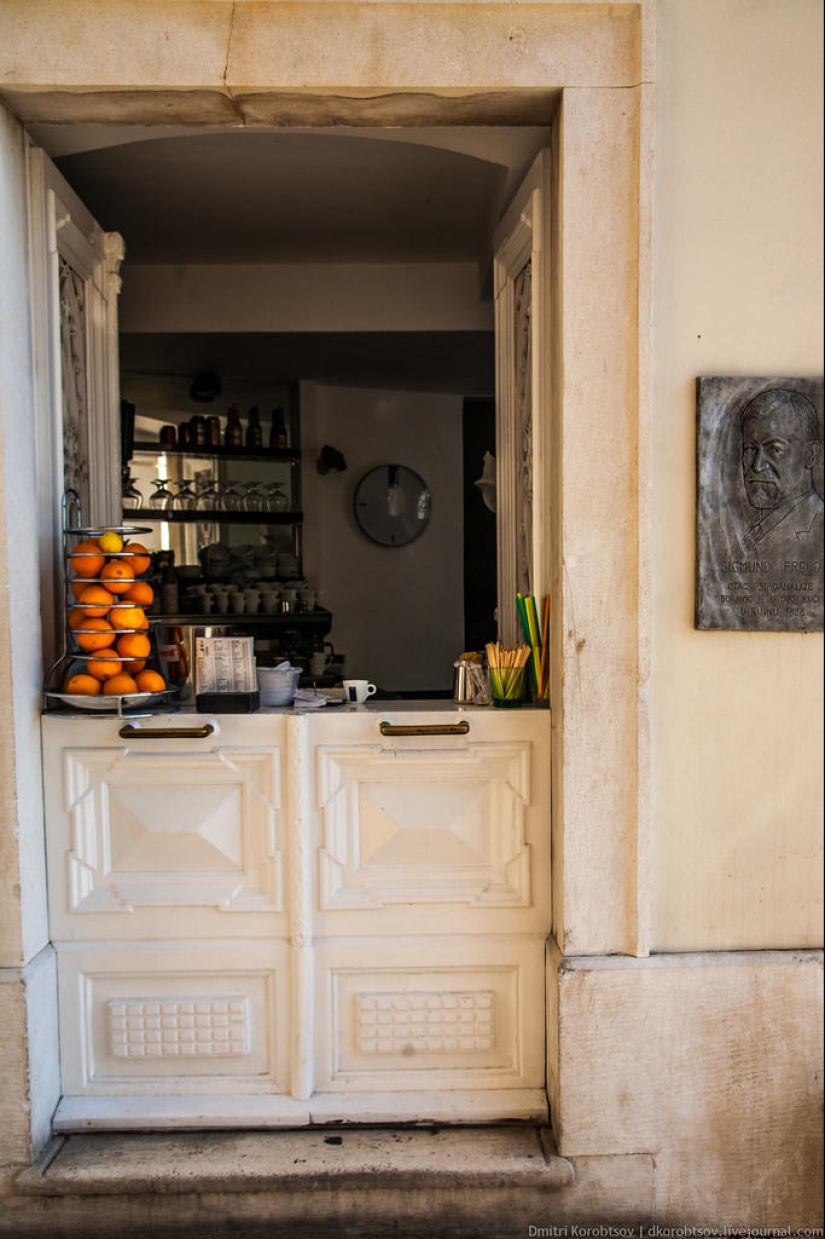
40. Split, Croatia. A very interesting decision. By the way, there is a memorial plaque dedicated to Freud on the wall.

41. Sibenik, Croatia. The main entrance to the Cathedral of St. James is another World Heritage Site.
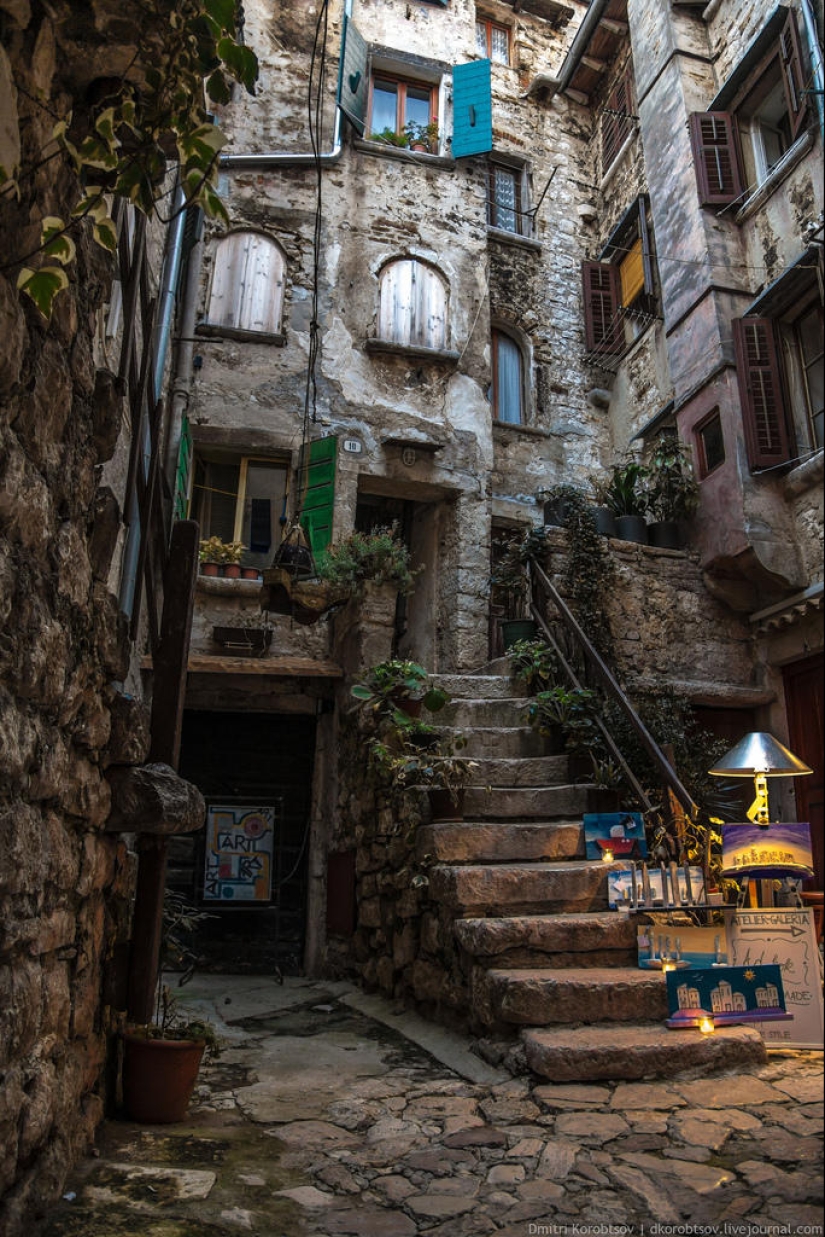
42. Rovinj. Perhaps one of the most picturesque cities in Croatia.
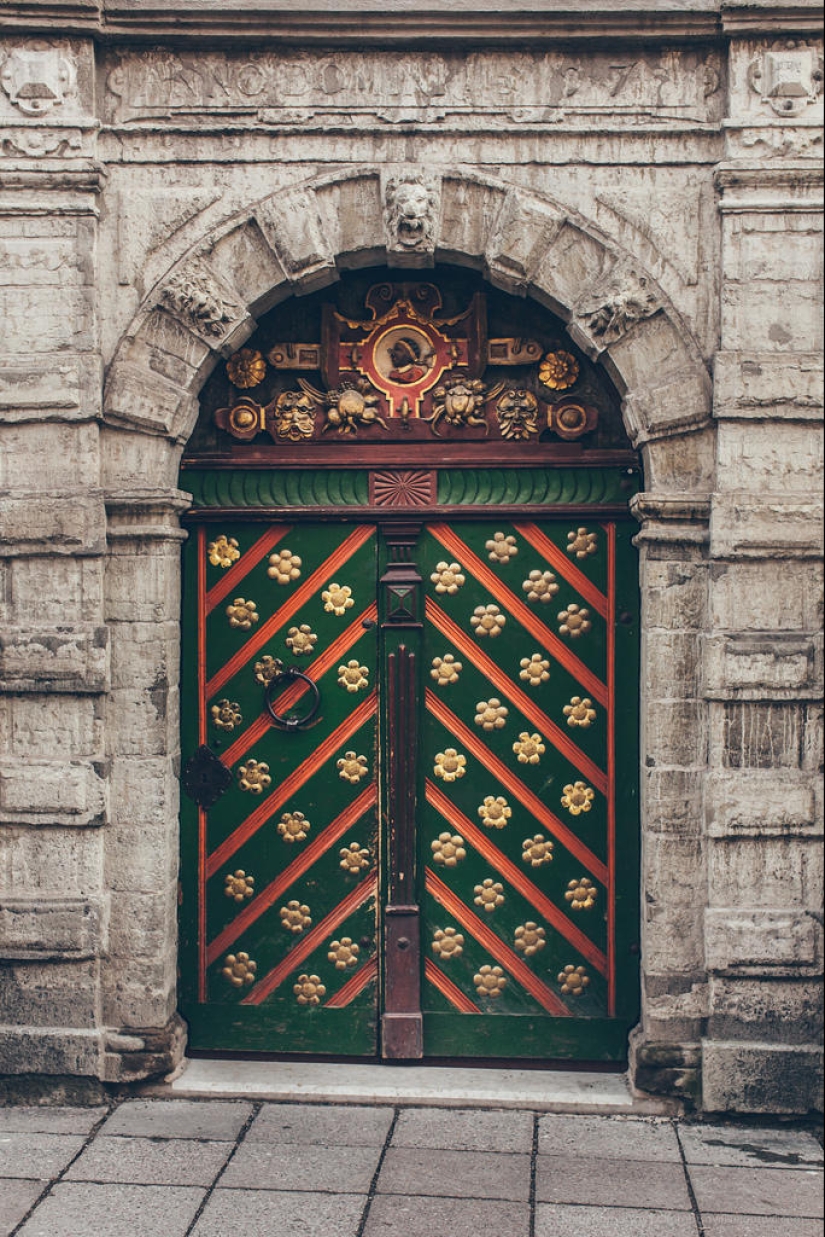
43. Tallinn, Estonia. By the way, an amusing moment: despite the fact that Tallinn, in terms of diversity and the number of absolutely amazing doors, can easily give odds to most of the above cities (except perhaps Italian ones) - I have very few photos of my hometown. More precisely - practically not, somehow I postpone everything for later.
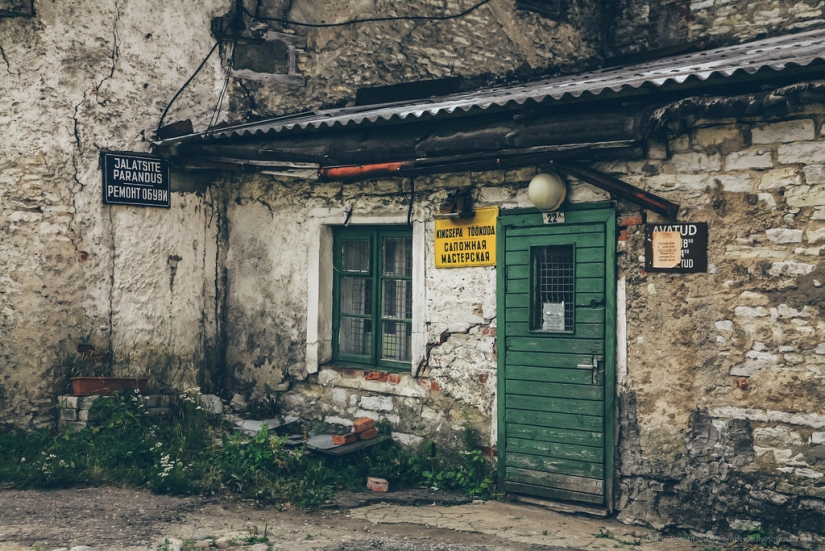
44. Rakvere, Estonia. We say Rakvere - we mean meat castle. For those who haven't been yet, it's worth a ride and a look.
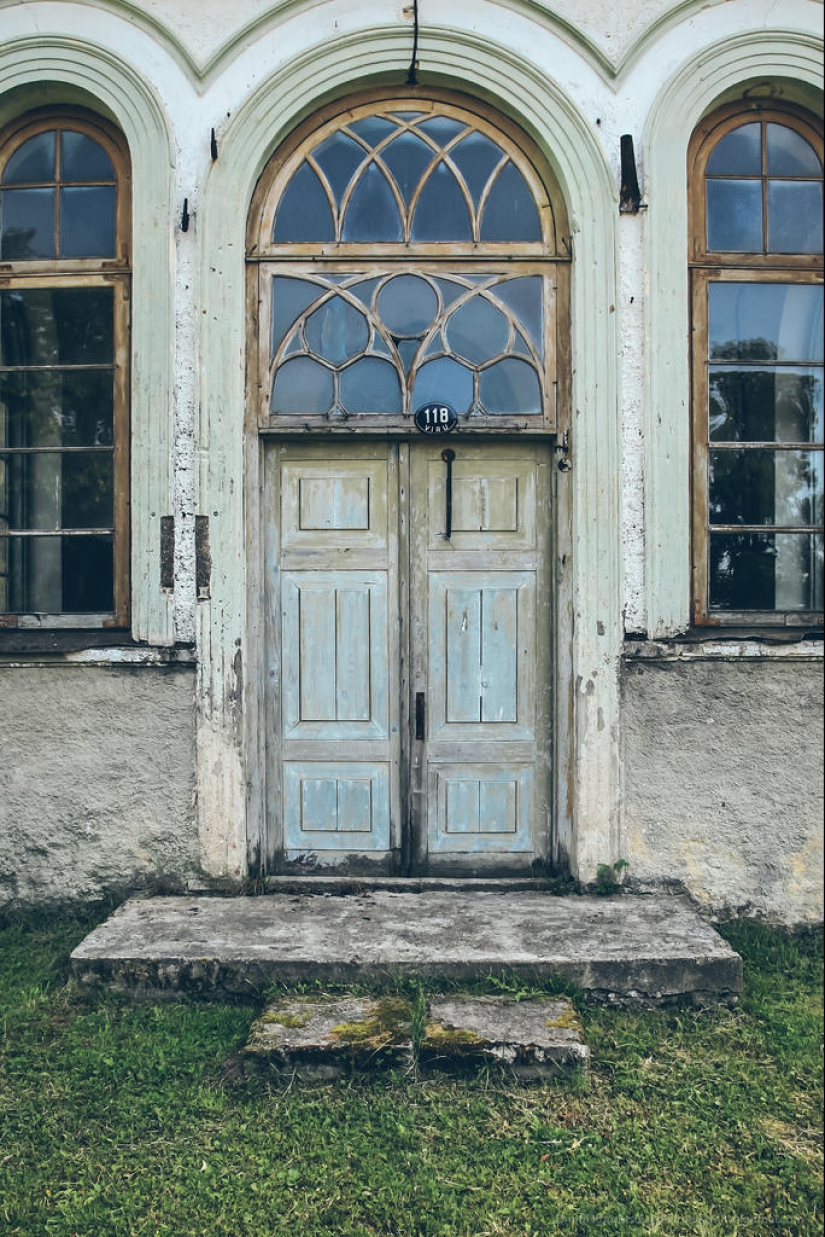
45. Manor in Ida-Viru County, Estonia. Honestly, I don’t remember the exact place, but the entrance is quite picturesque.
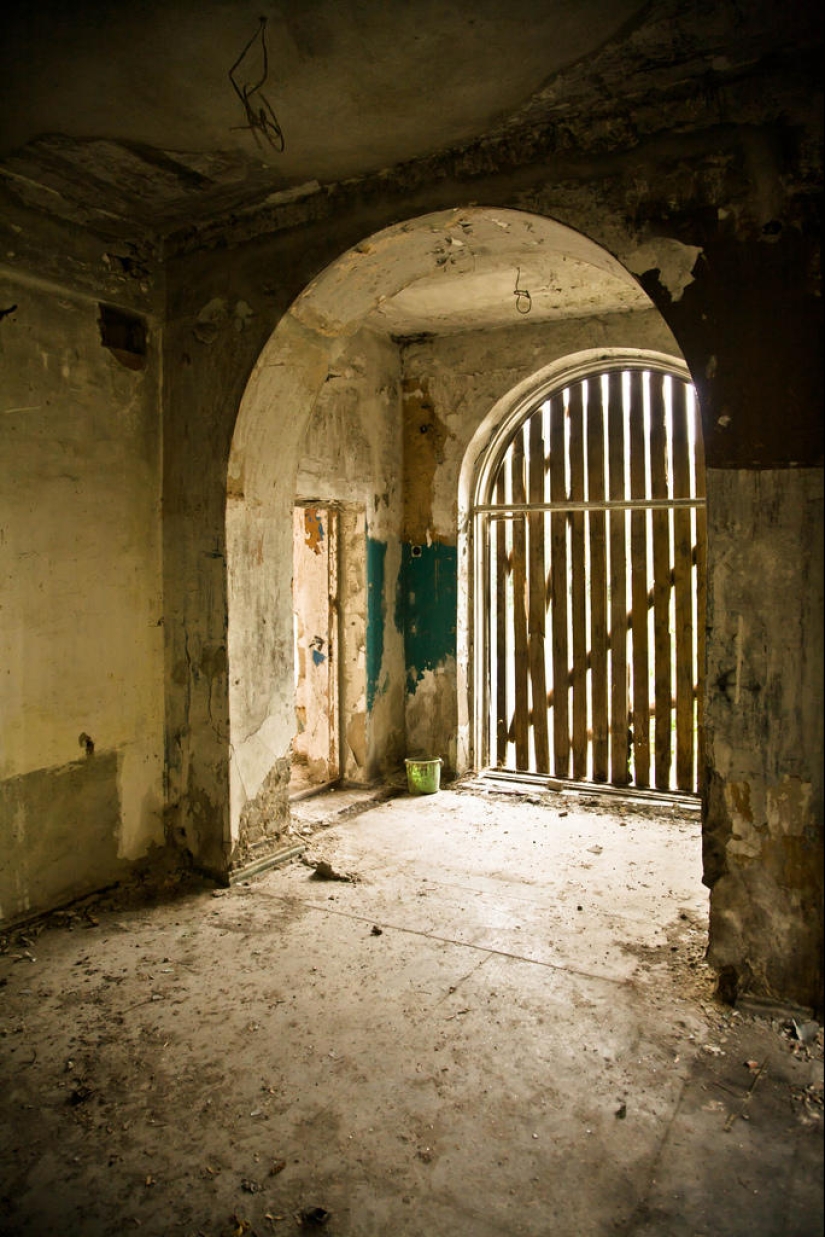
46. Abandoned house in Paldiski, Estonia.
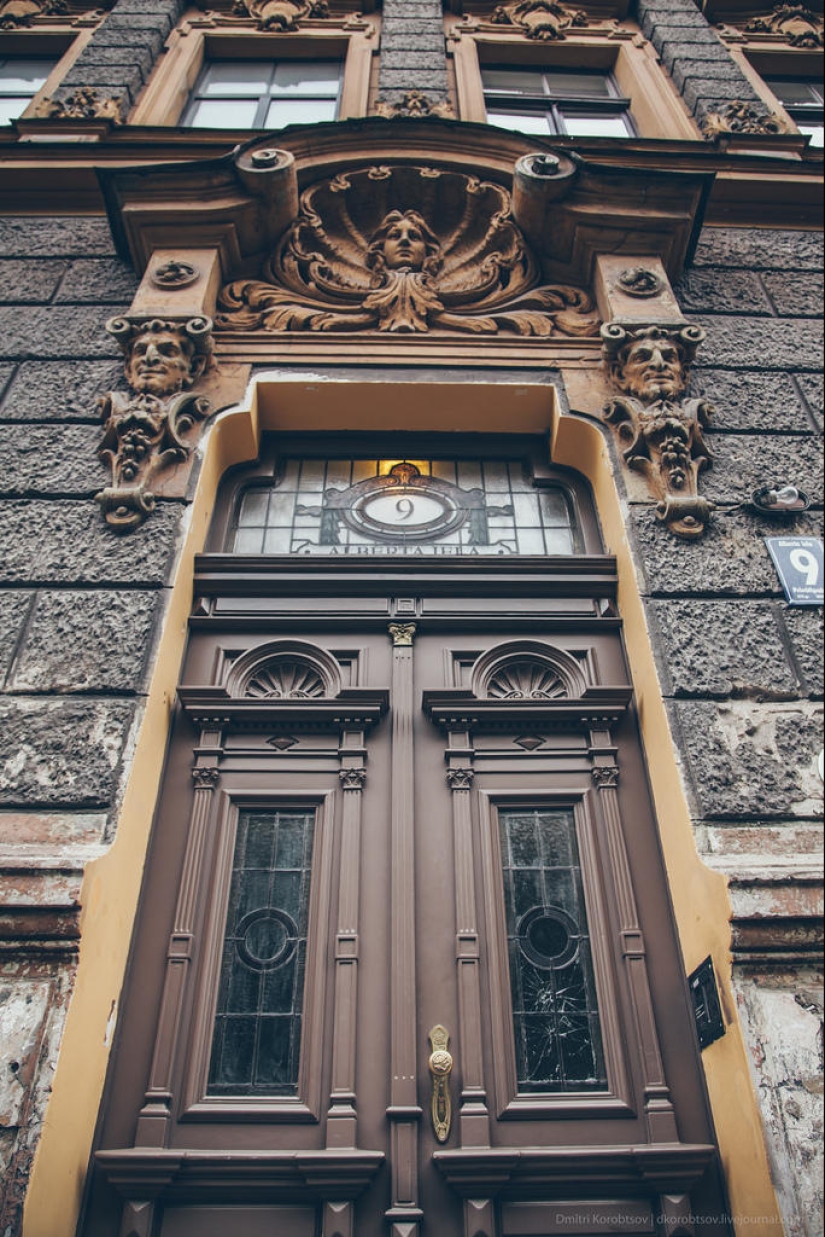
47. Riga, Latvia. By the way, my situation with Riga is about the same as with Tallinn. This is a city where I have been fifteen times already. But by some incomprehensible irony of fate, I still have not seen its old part. The exception is Albert Street, which is considered the world pearl of art nouveau.
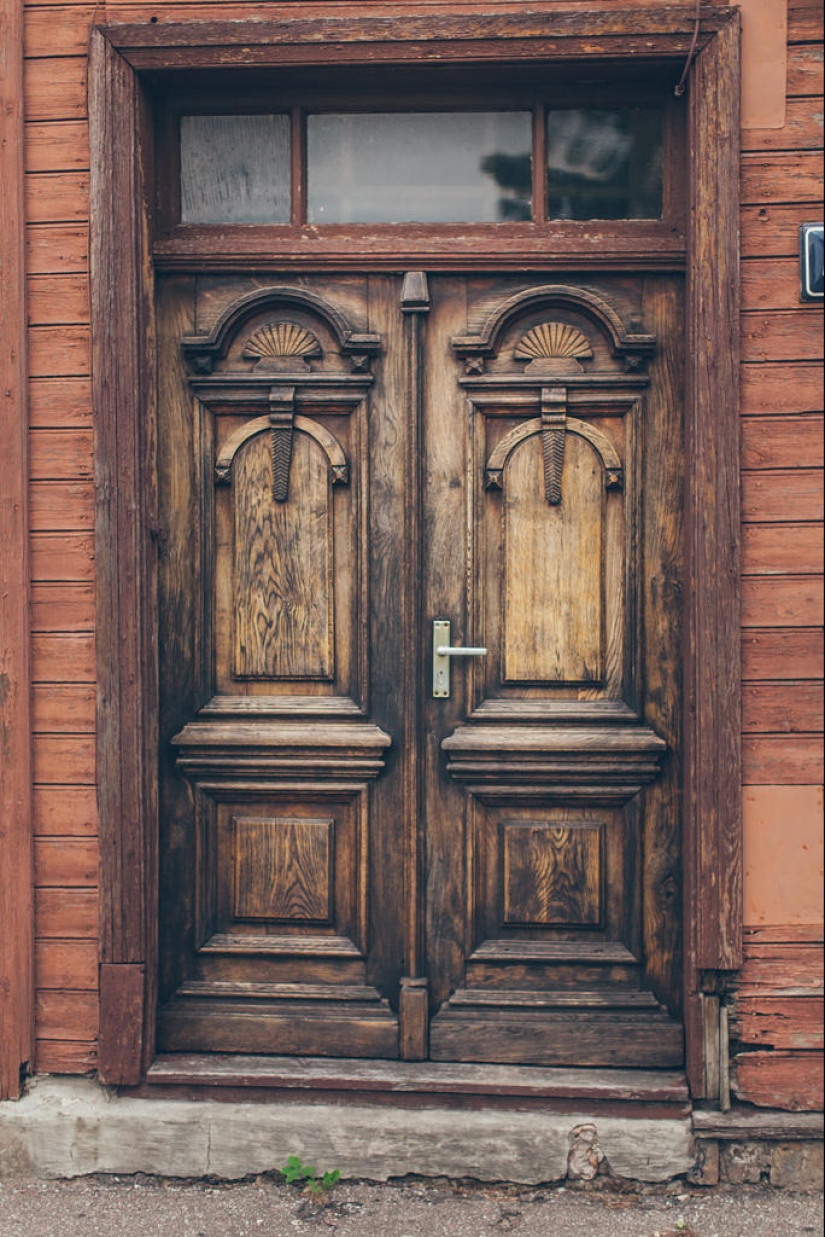
48. Ventspils. A very nice town on the coast of the Baltic Sea. For my taste, one of the most curious in Latvia.
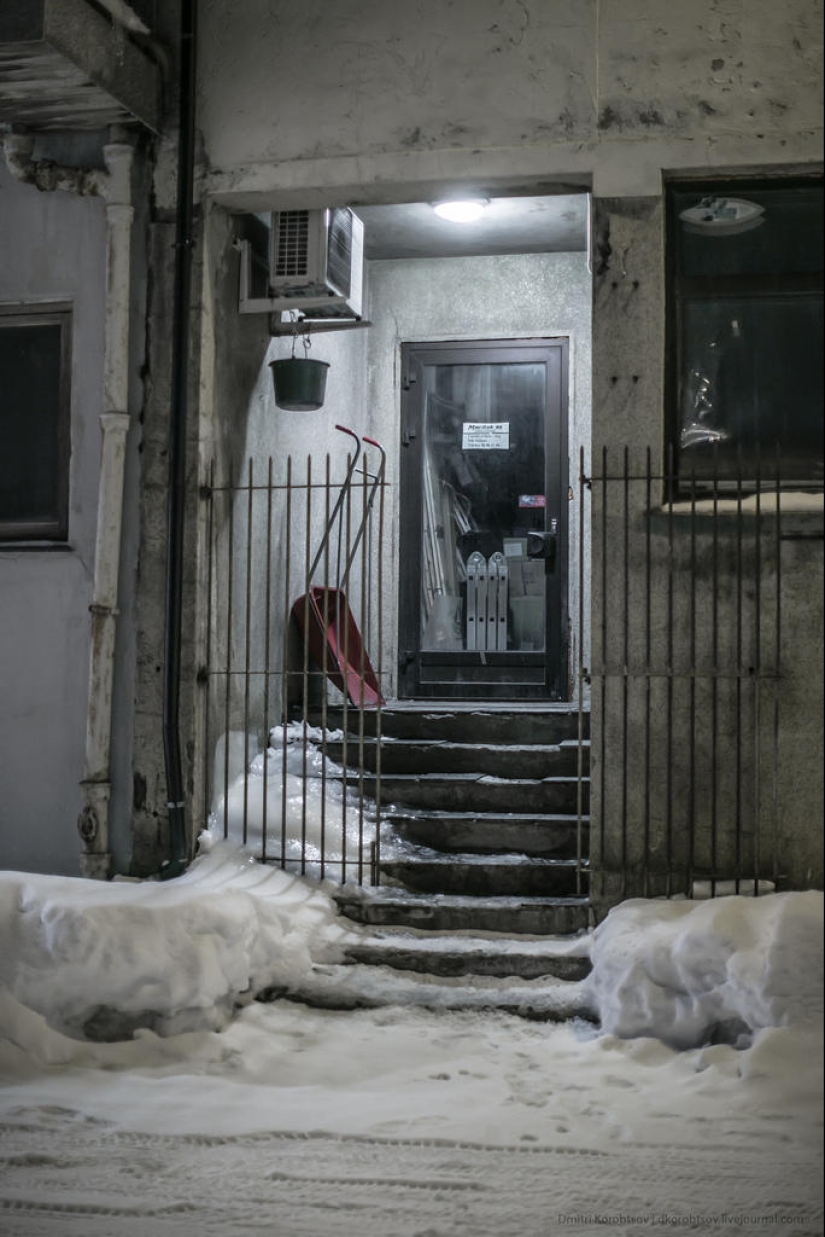
49. Honningsvåg, Norway. Almost the very north of Europe. For the creative design of buildings - definitely not here. Everything is severe, tough, functional.

50. Kemi, Lapland. The same story as with northern Norway, only the little churches stand out somehow.
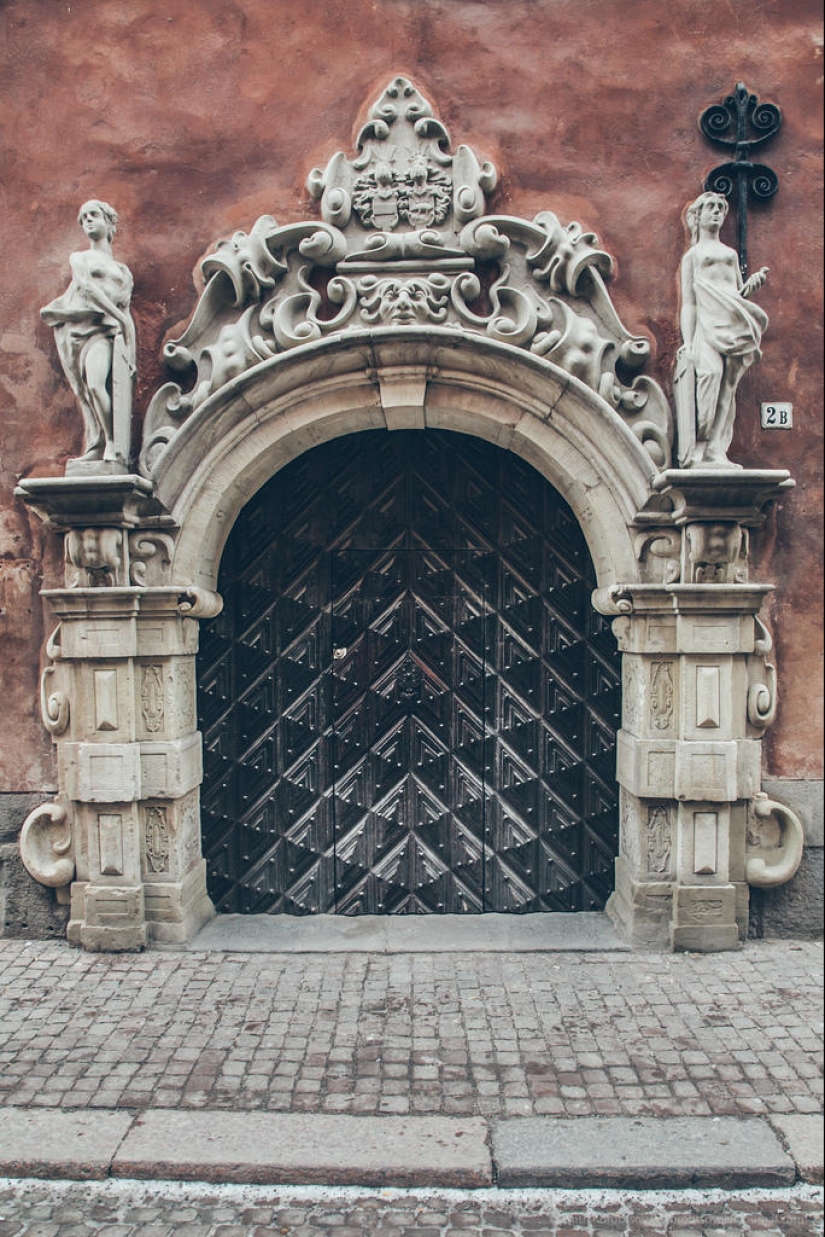
51. Stockholm, Sweden. Unfortunately, we didn’t really manage to wander around the city - we stopped by just for a couple of hours. But the city is definitely worth it to somehow carve out a few days to visit it.
Recent articles

American Alex Greenberg, who moved to China, collects funny and brain-bearing examples of Chinese fashion in his Shanghai Observed ...

New Year is a holiday of magic and fulfillment of wishes. Naturally, I want this holiday to be remembered for a long time and to be ...
Related articles

Now we can keep our savings in a bank or, if we don't trust financial institutions, put them in a safe and keep them at home. And ...

Today we will show you photos of real people who live in tiny houses — most of these dwellings have an area of less than 18 ...

When guests are expected in the house, they try to put everything in order that is possible. No one wants to show the wrong side of ...

In a recent issue of sexual harassment on everyone's lips. Inappropriate and Intrusive signs of attention began to see around, even ...